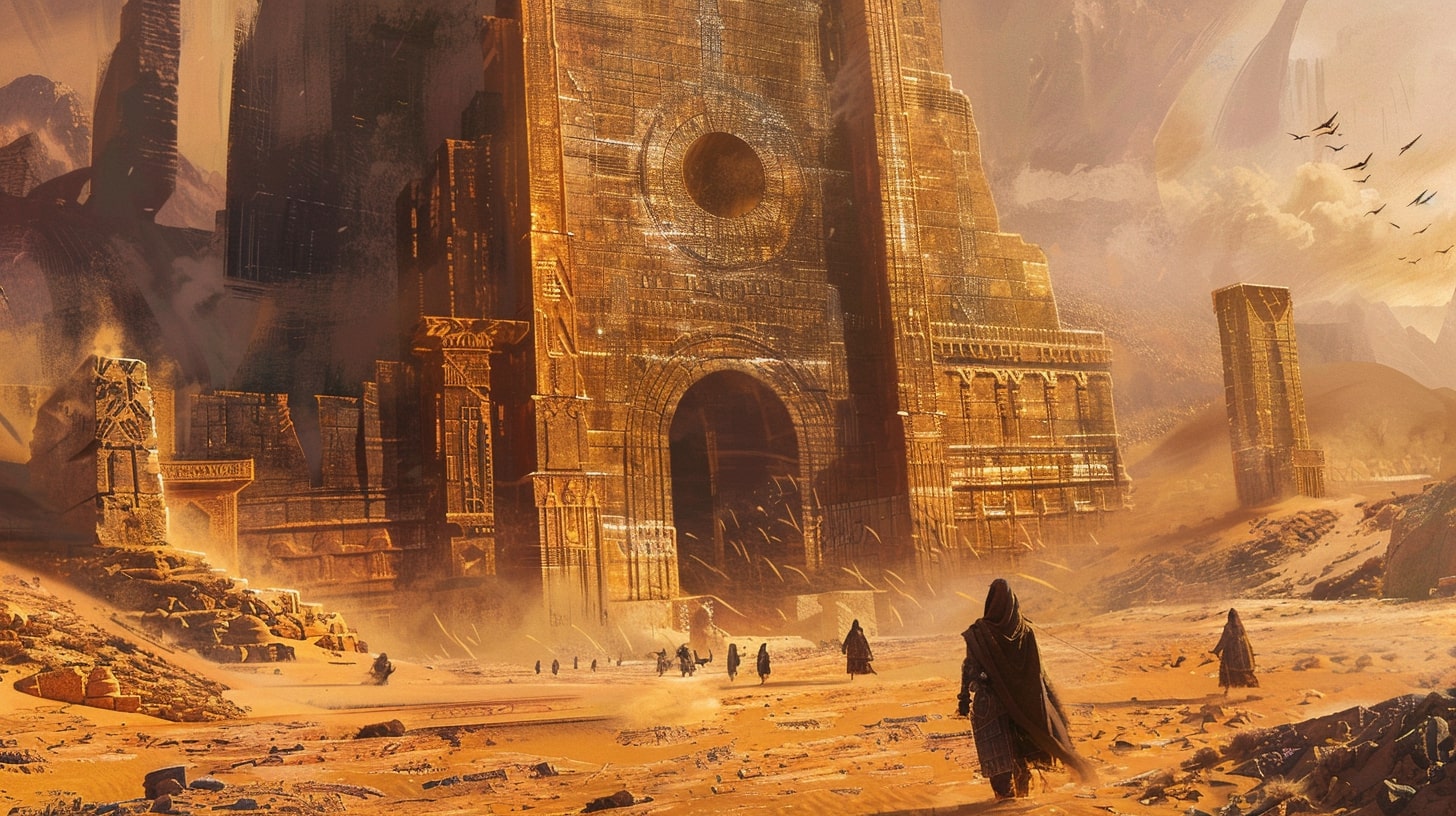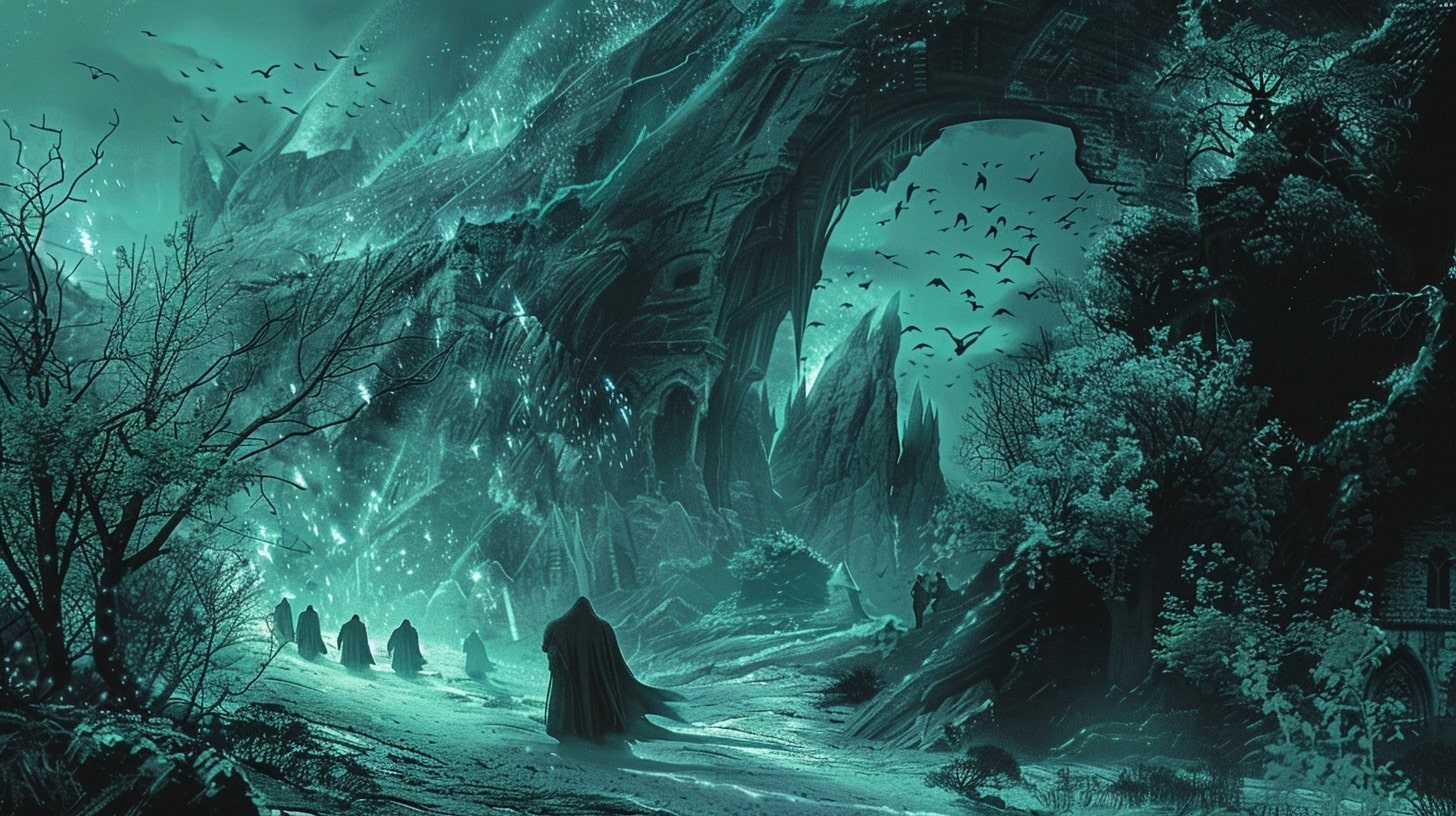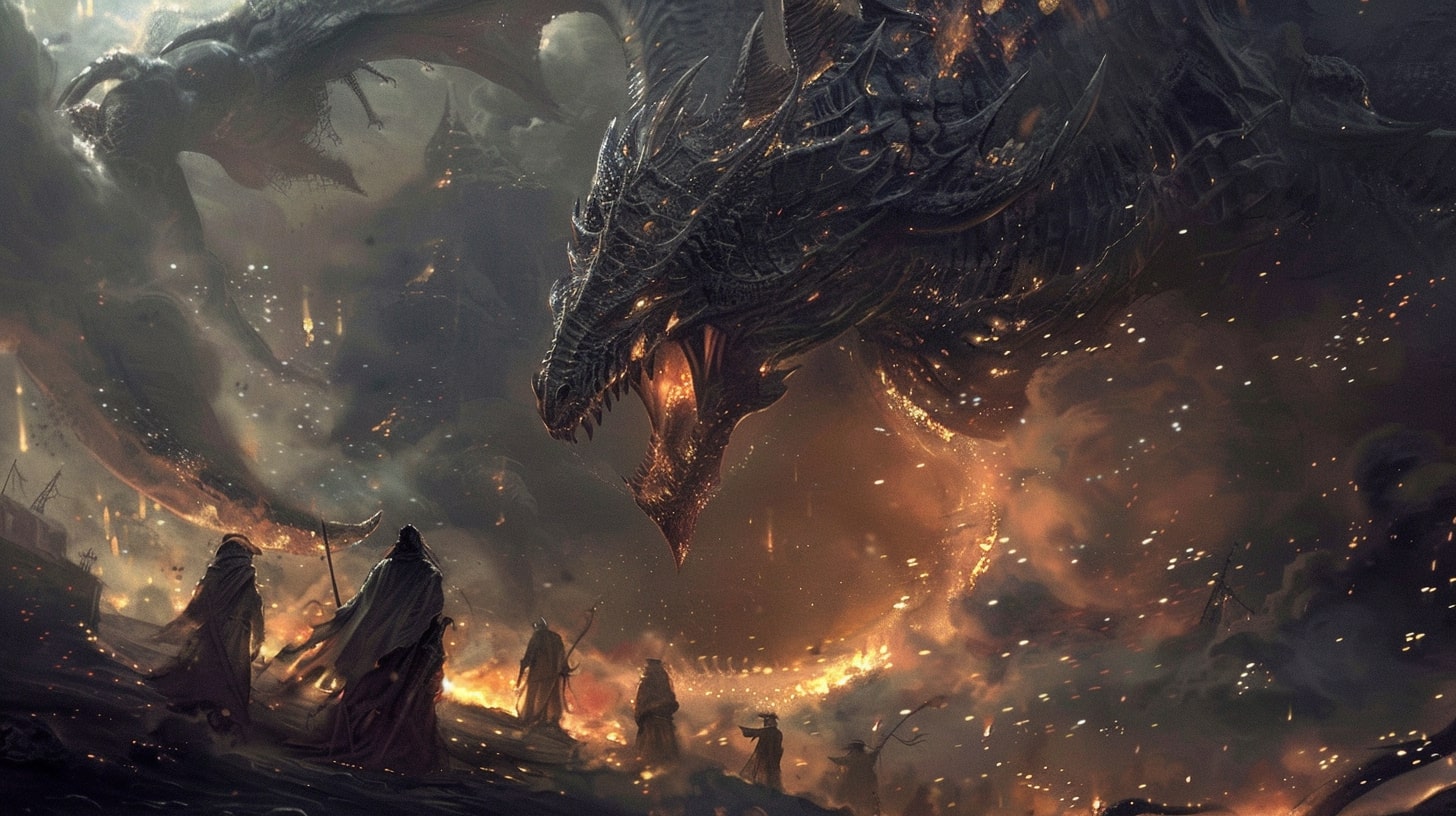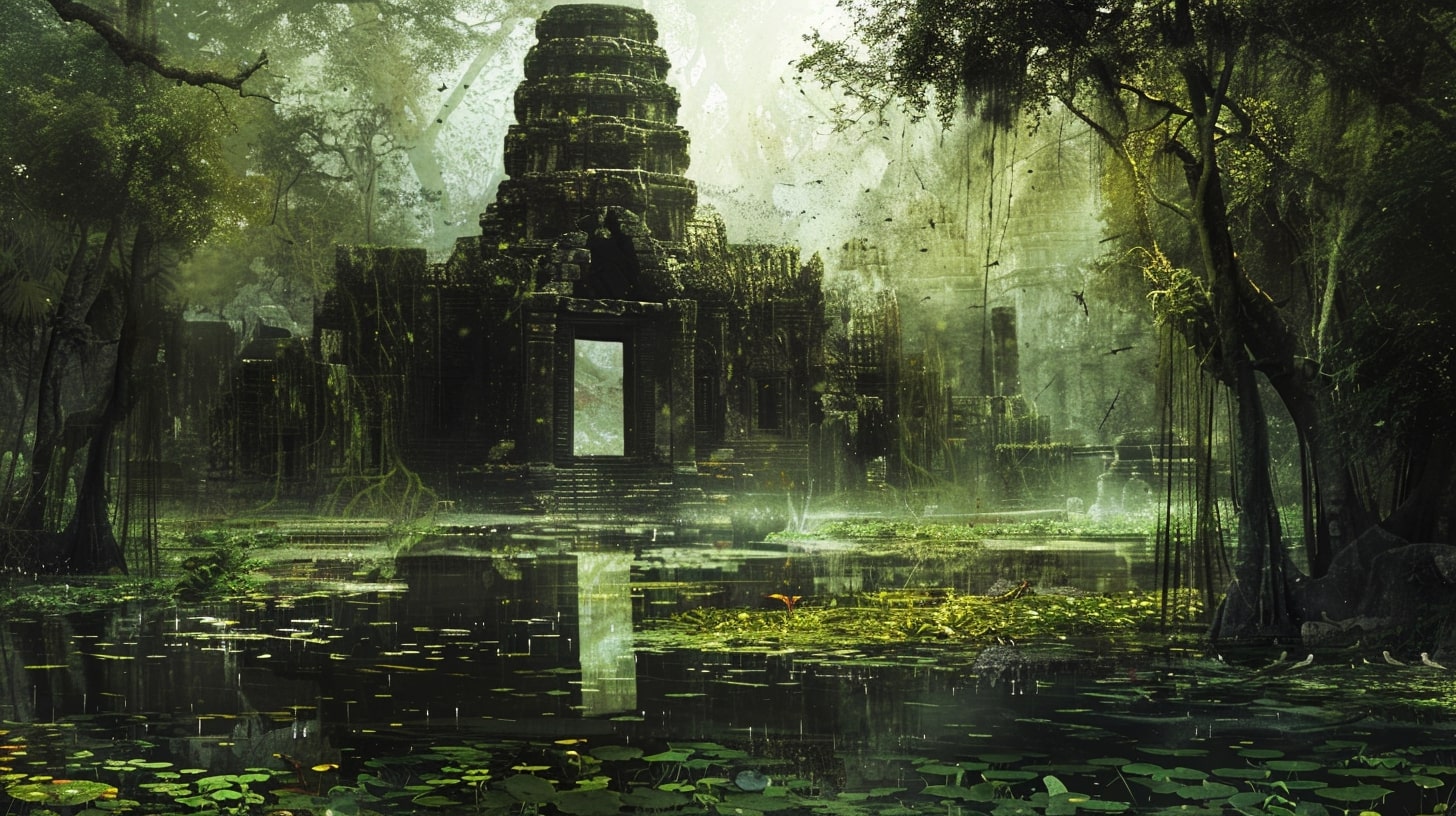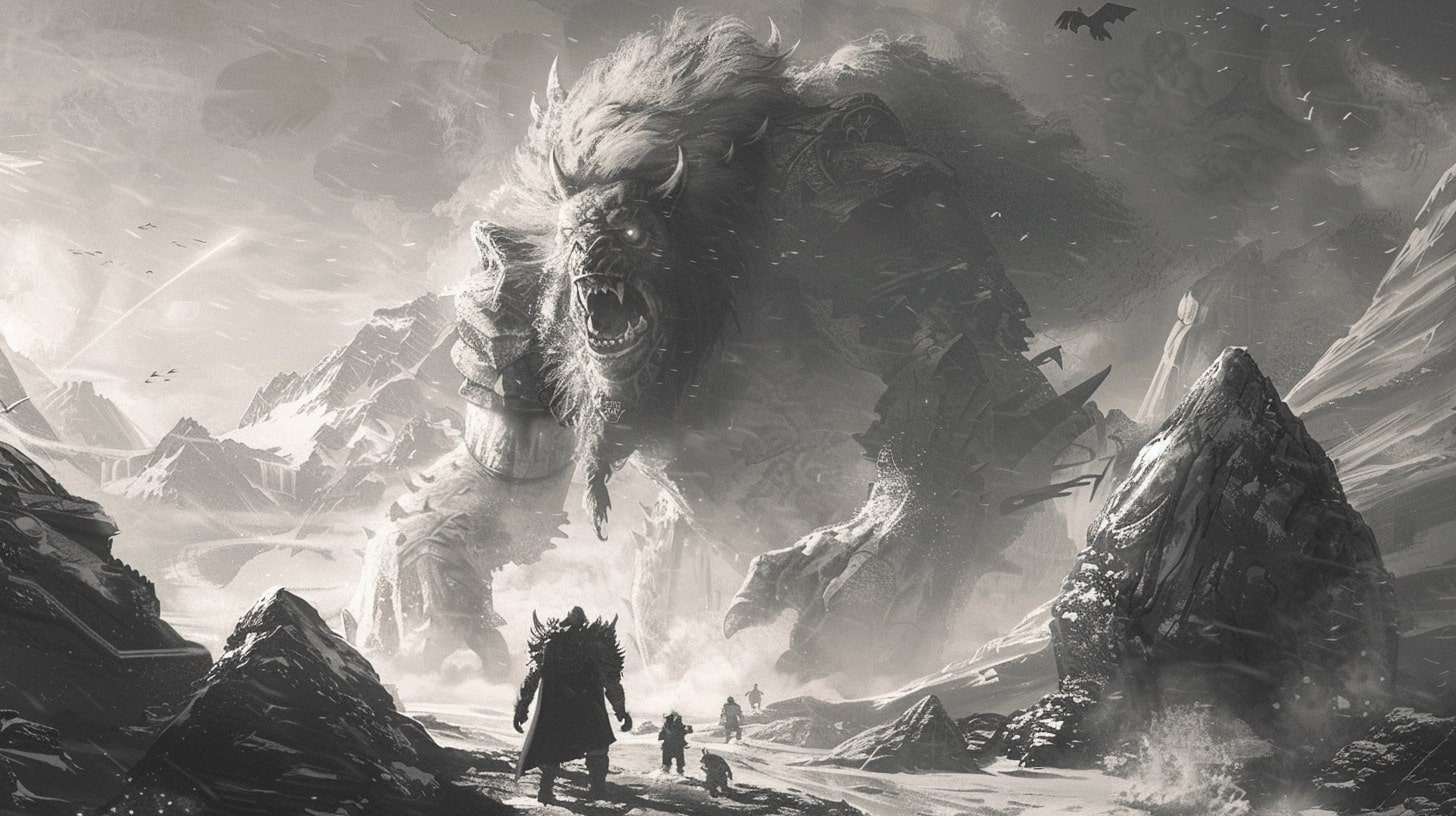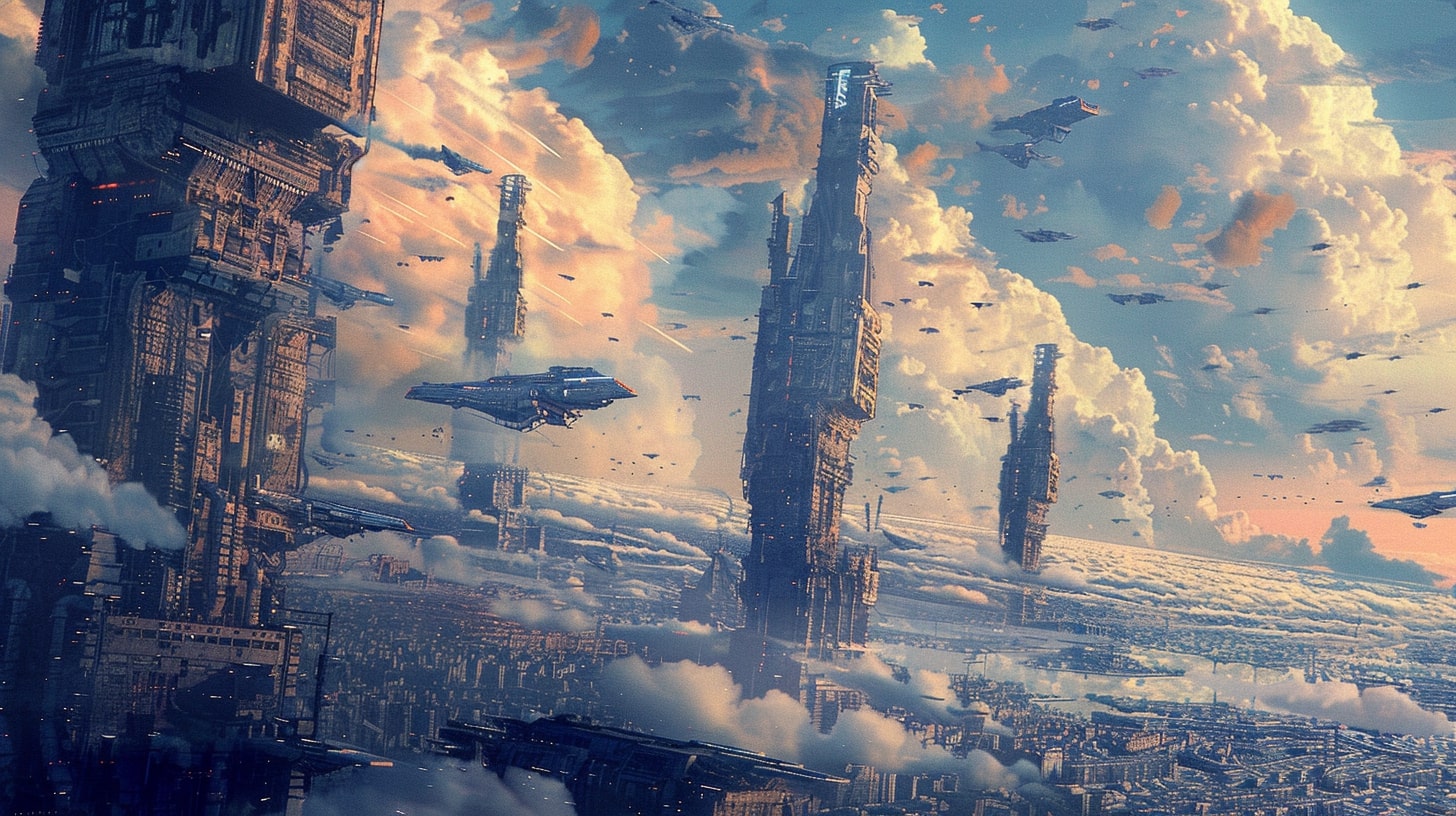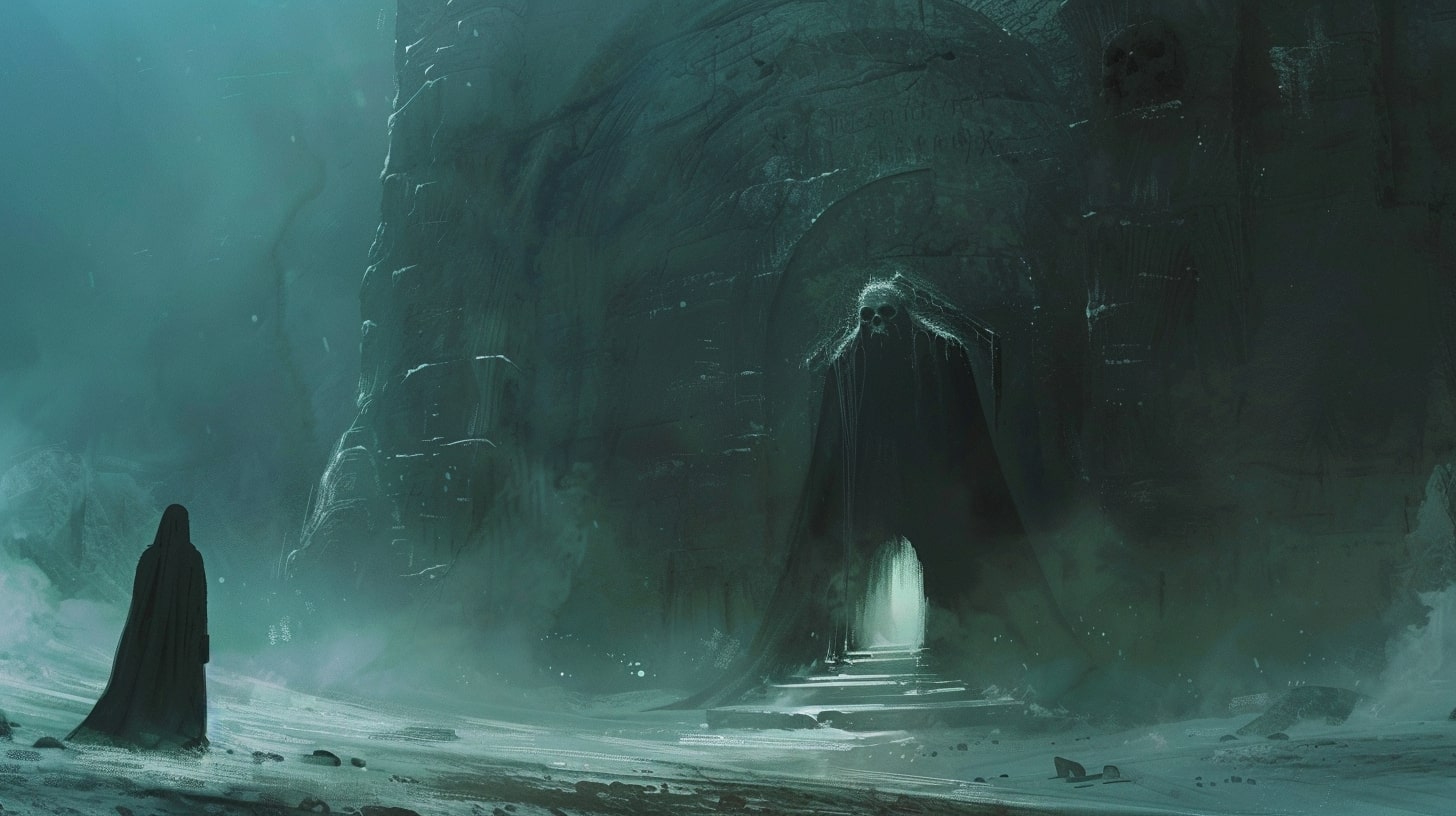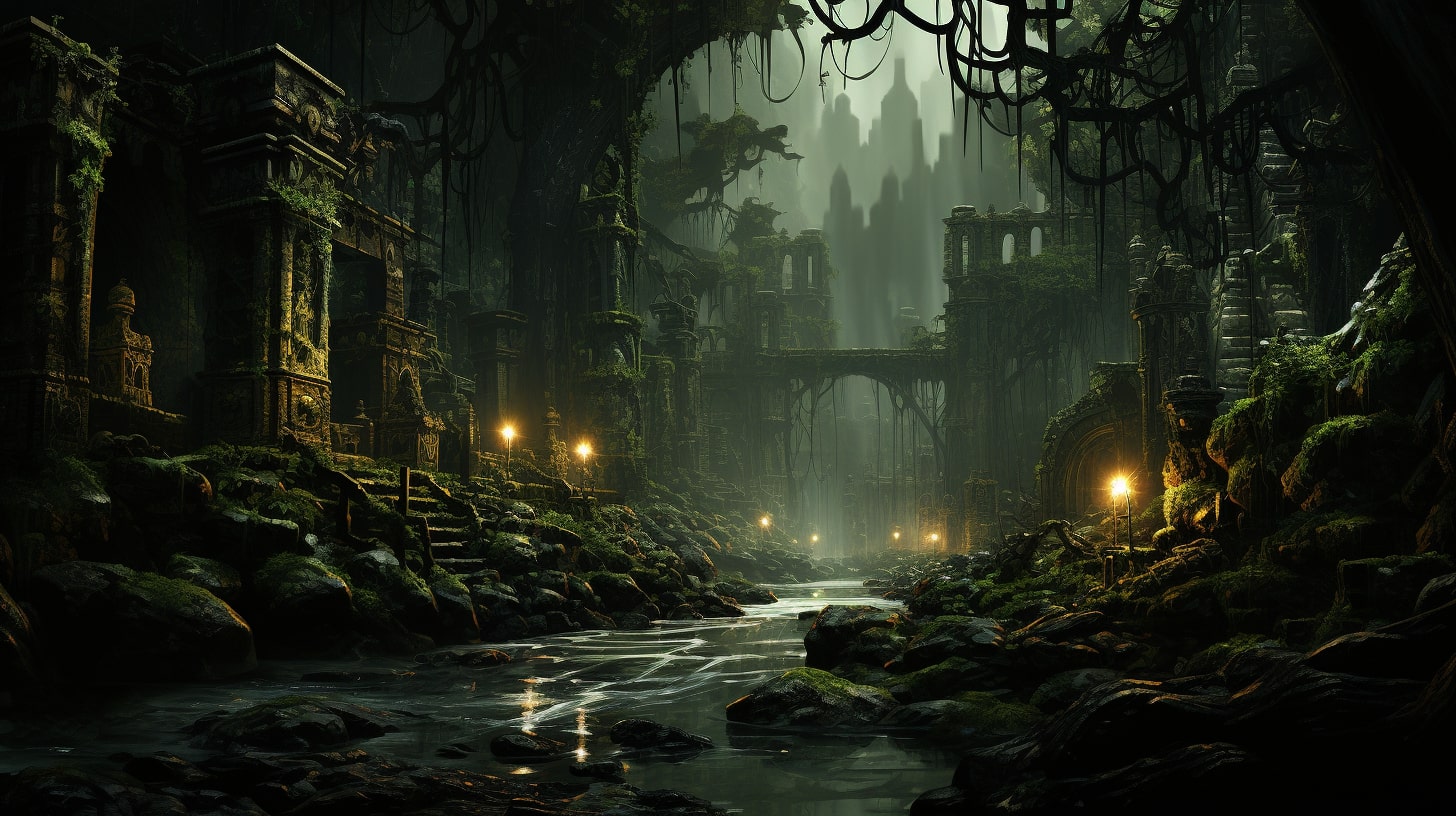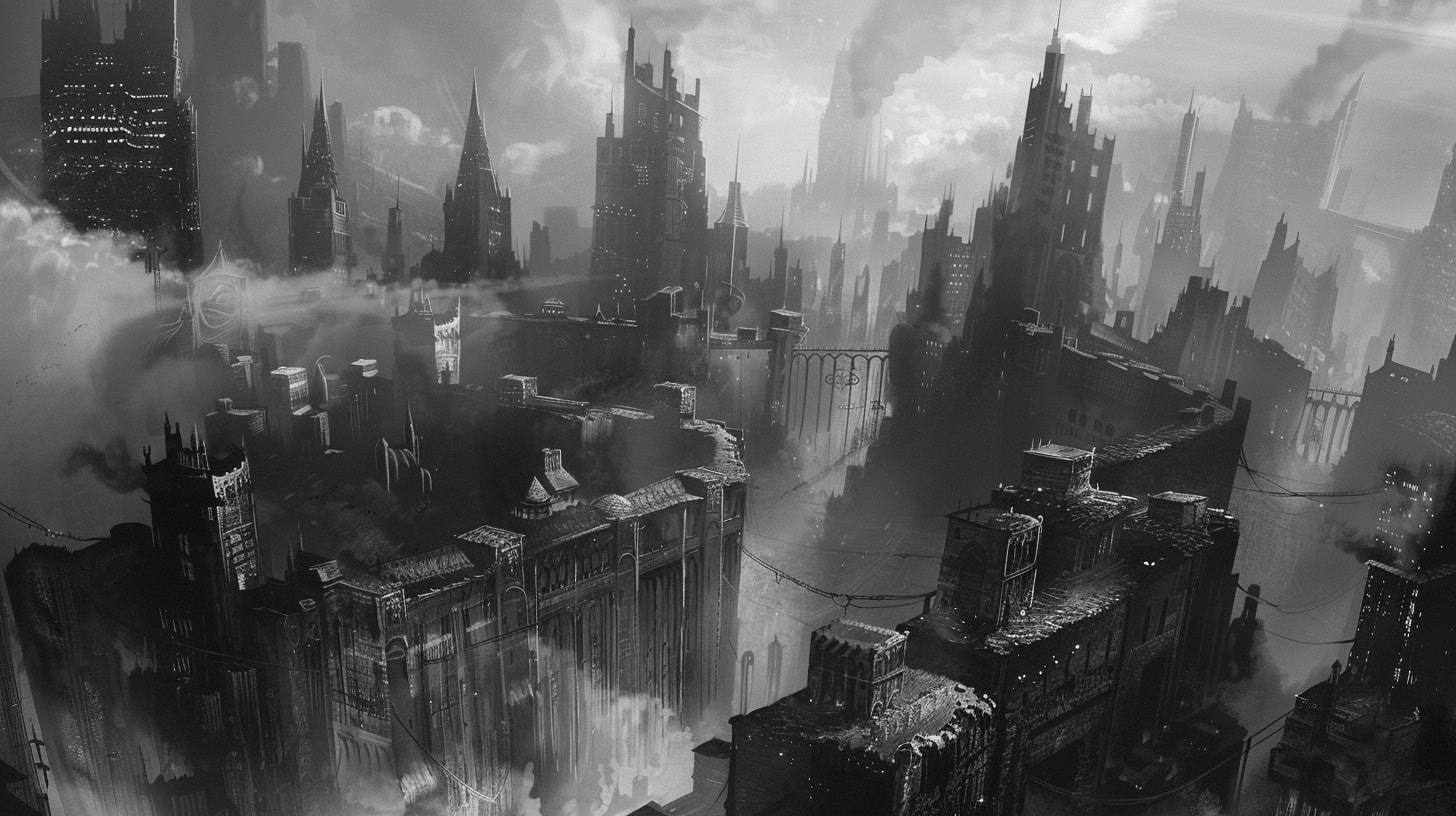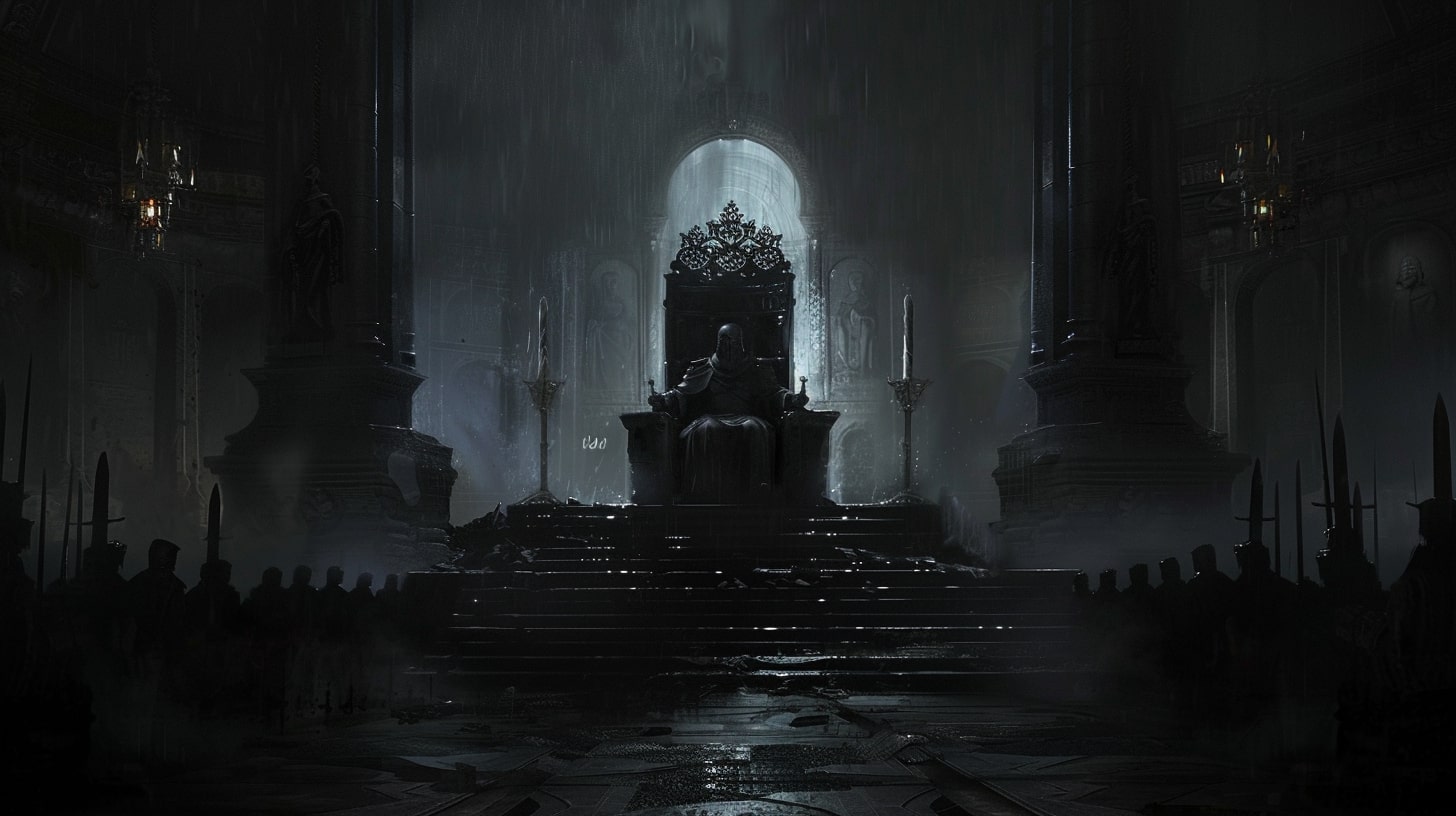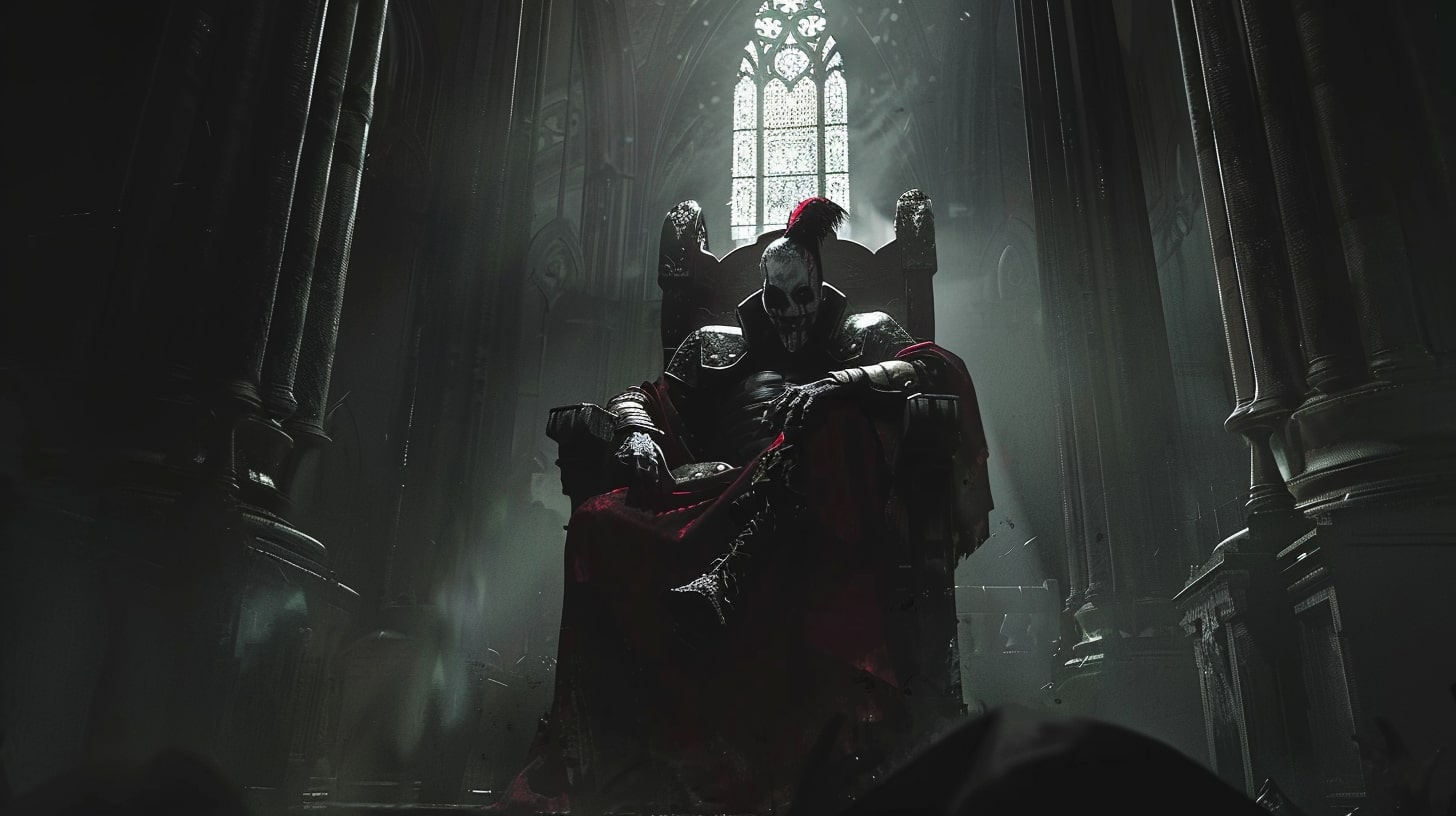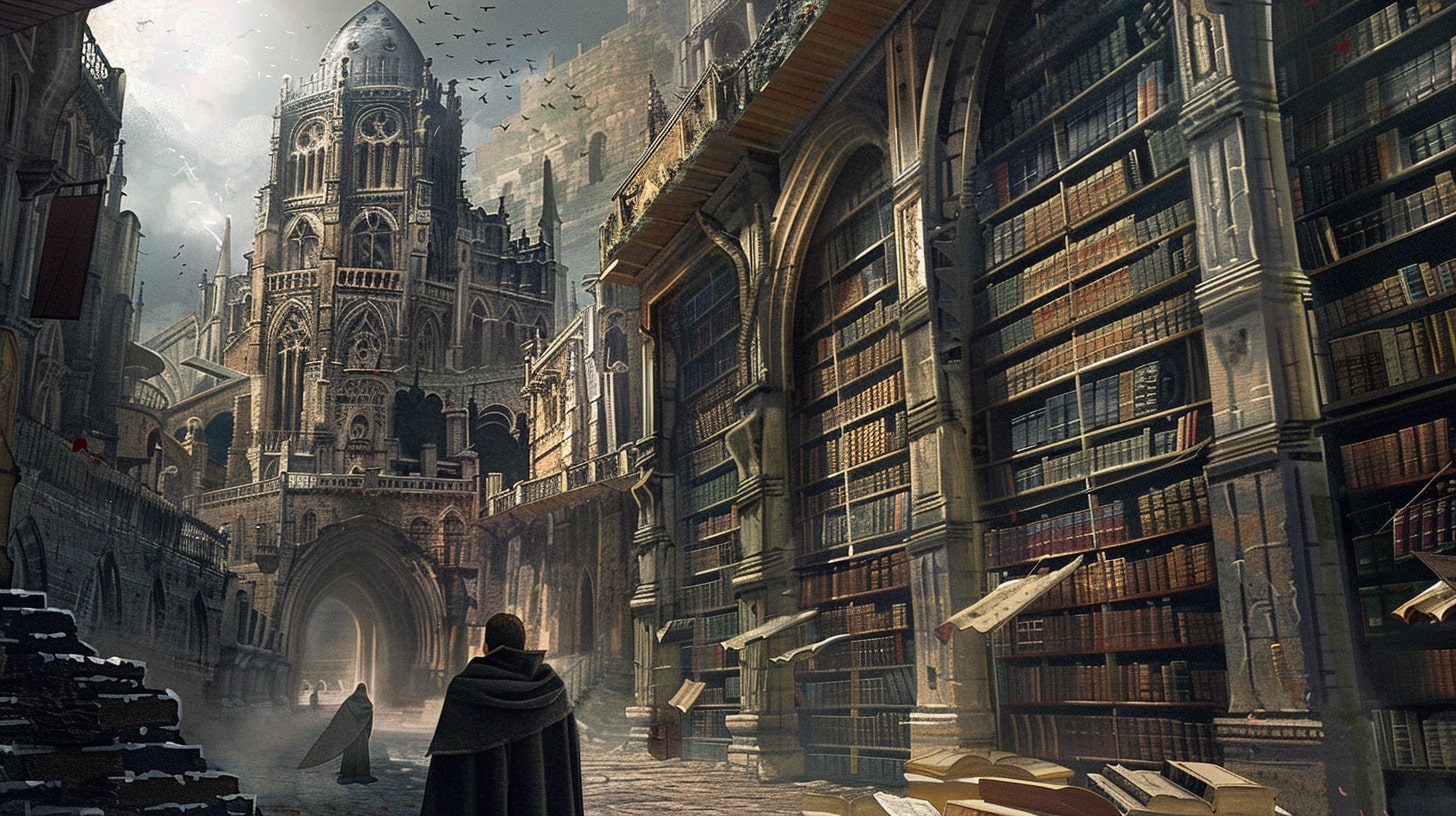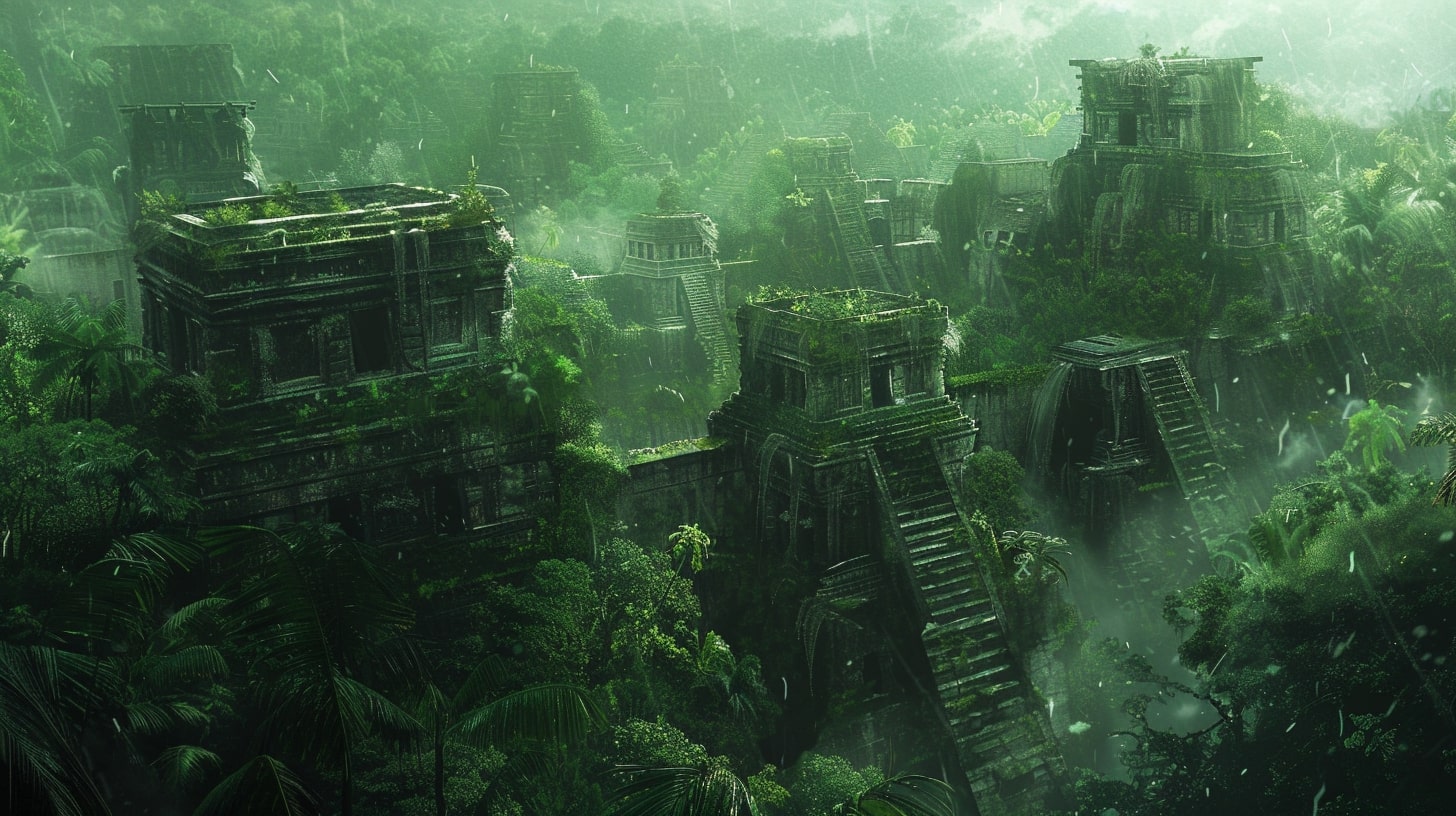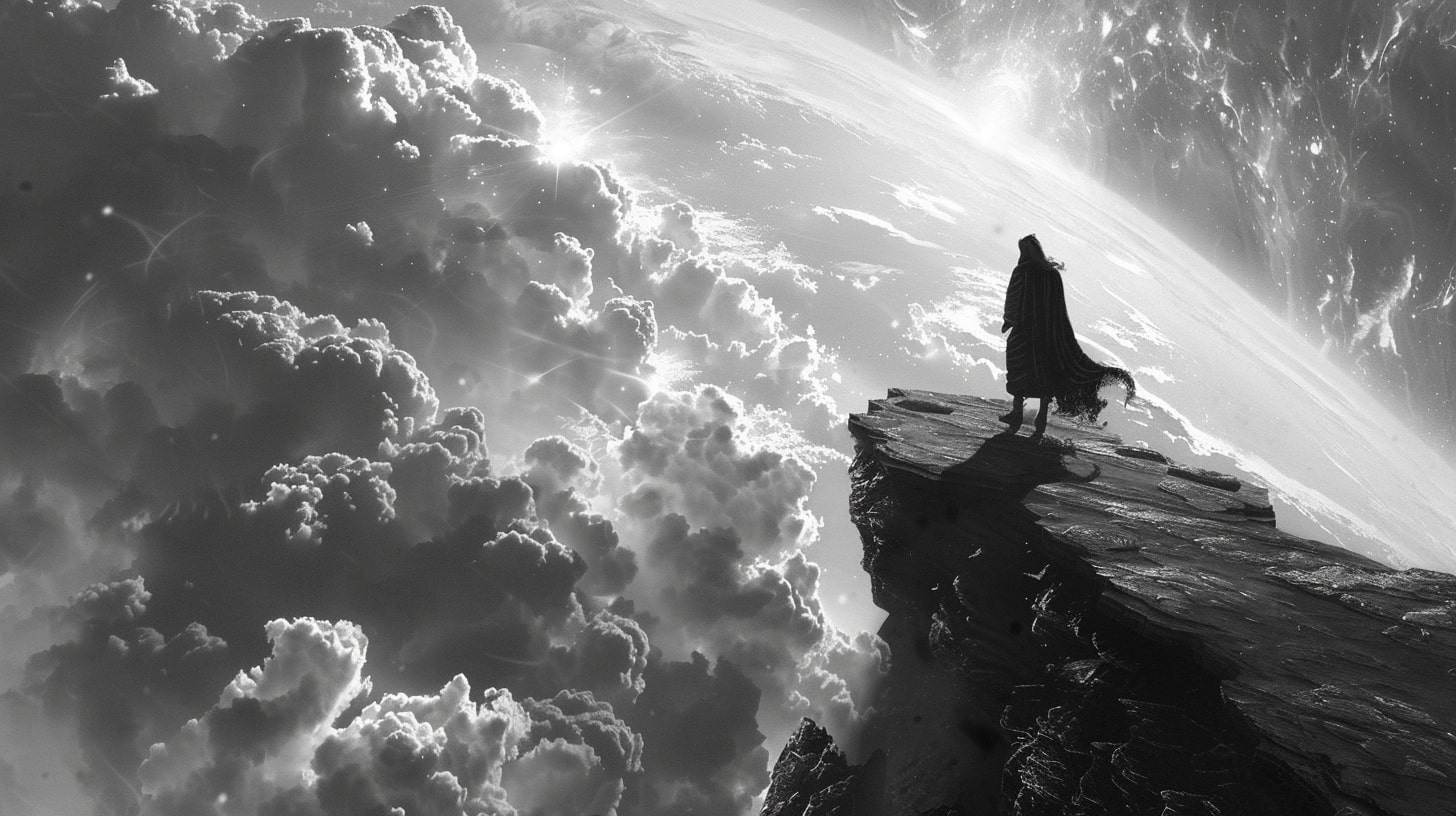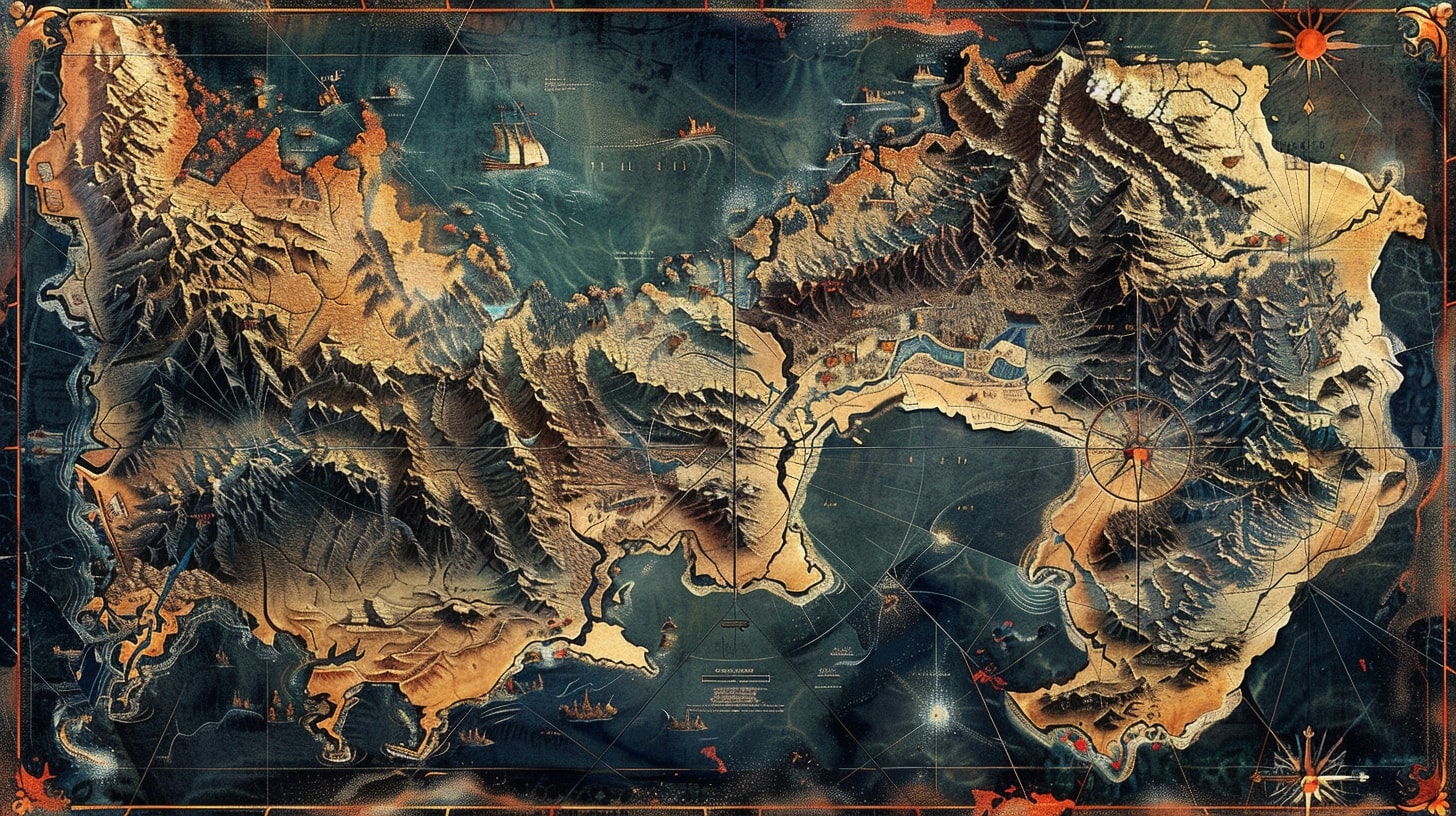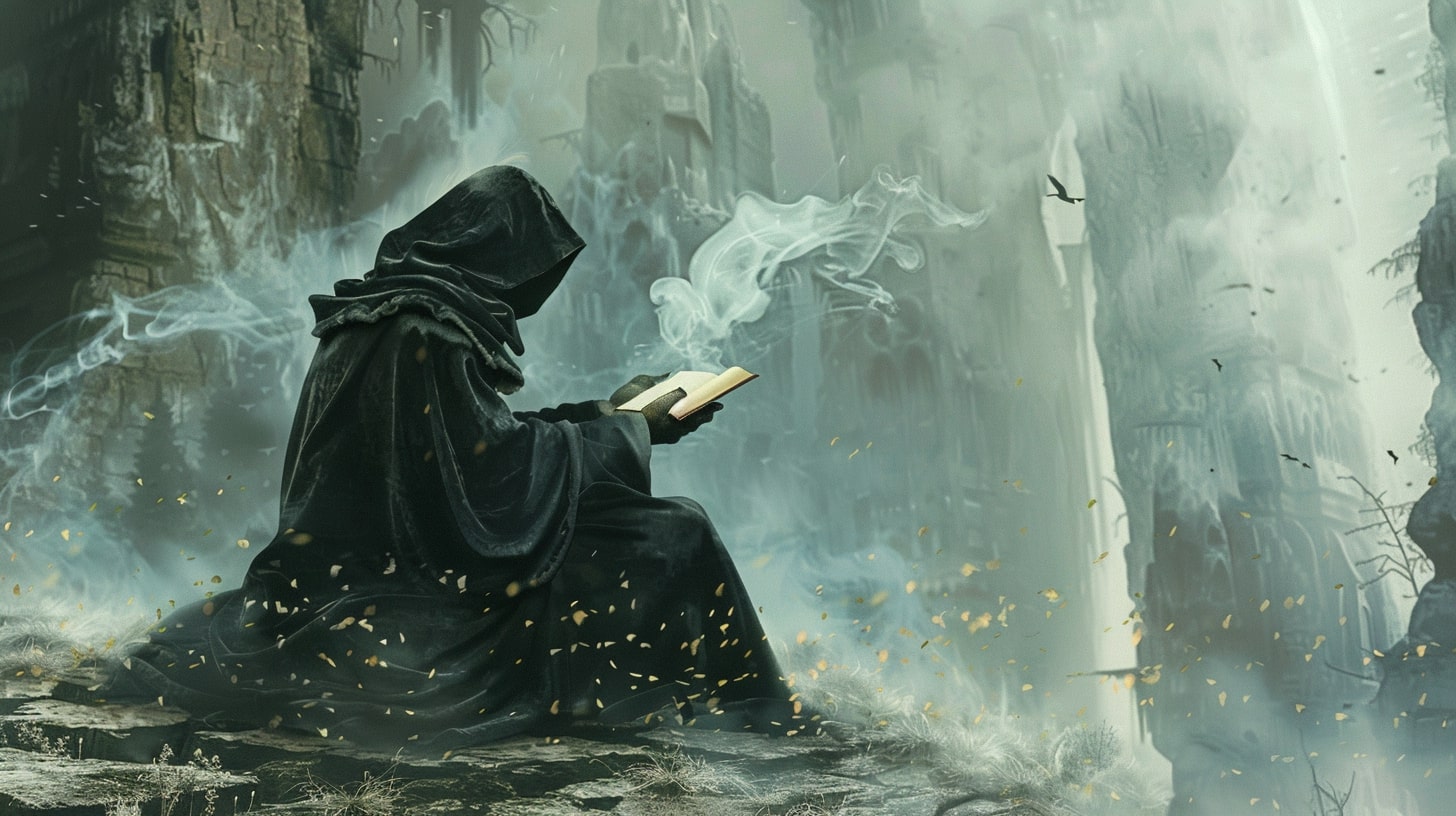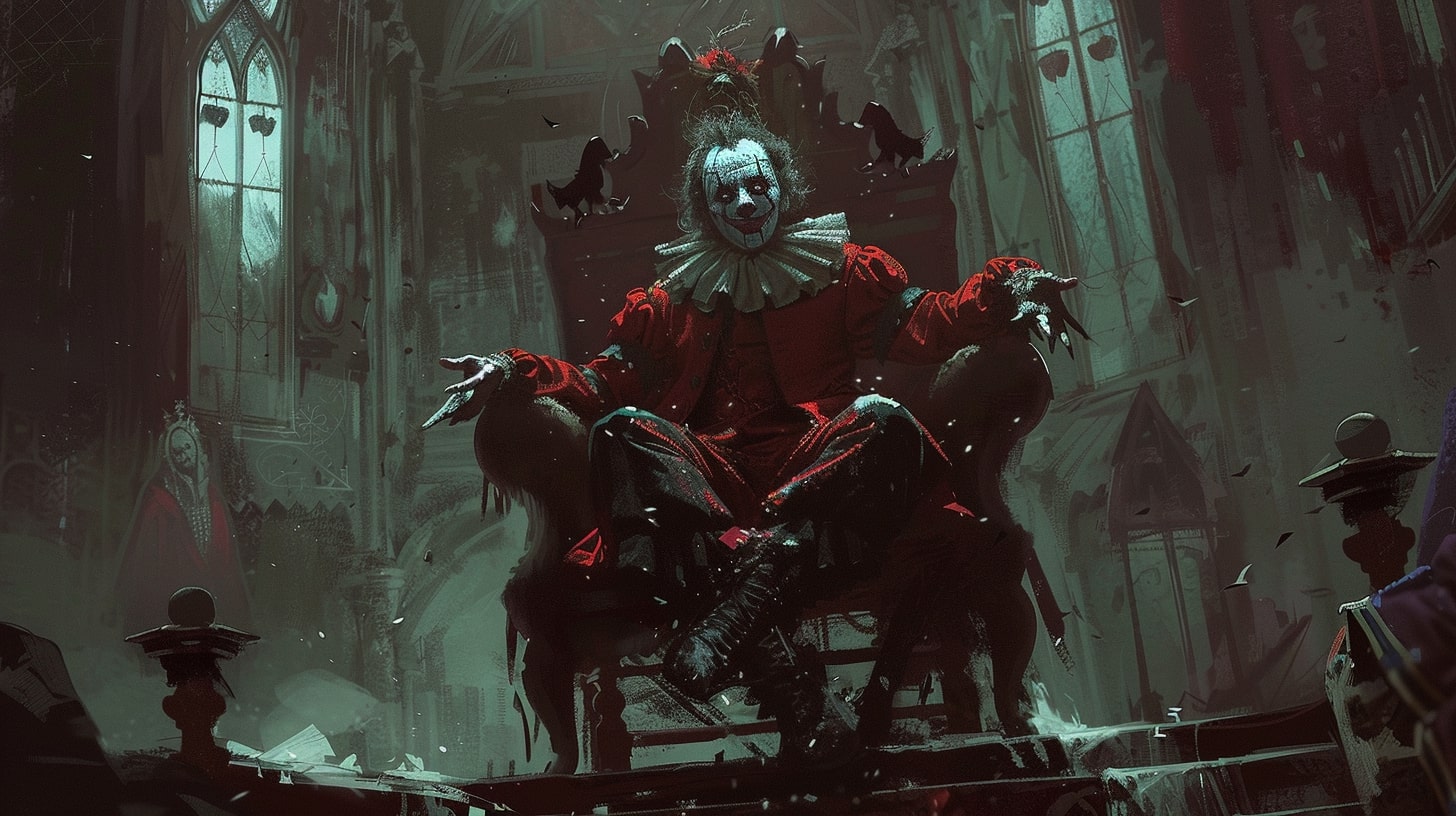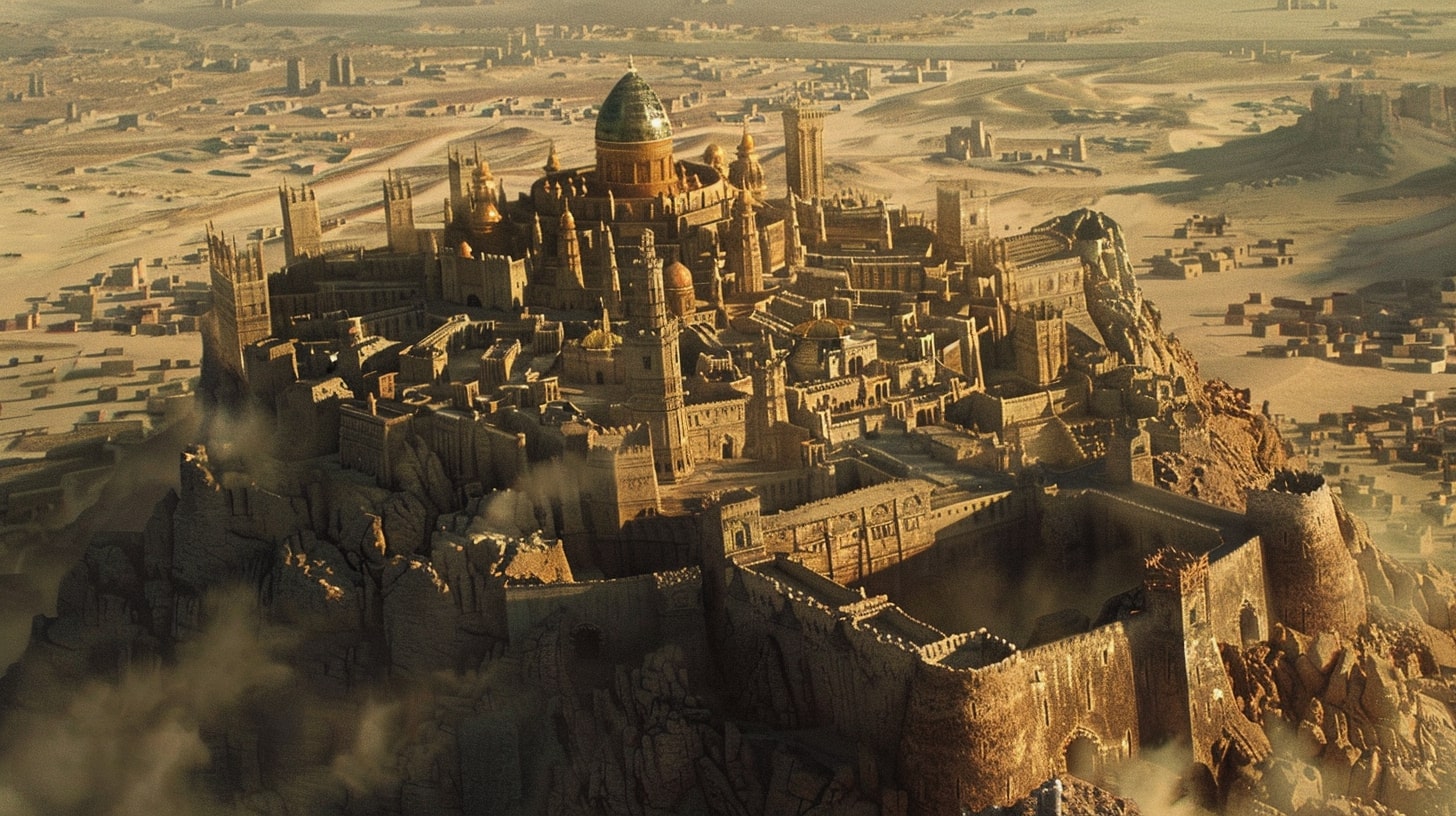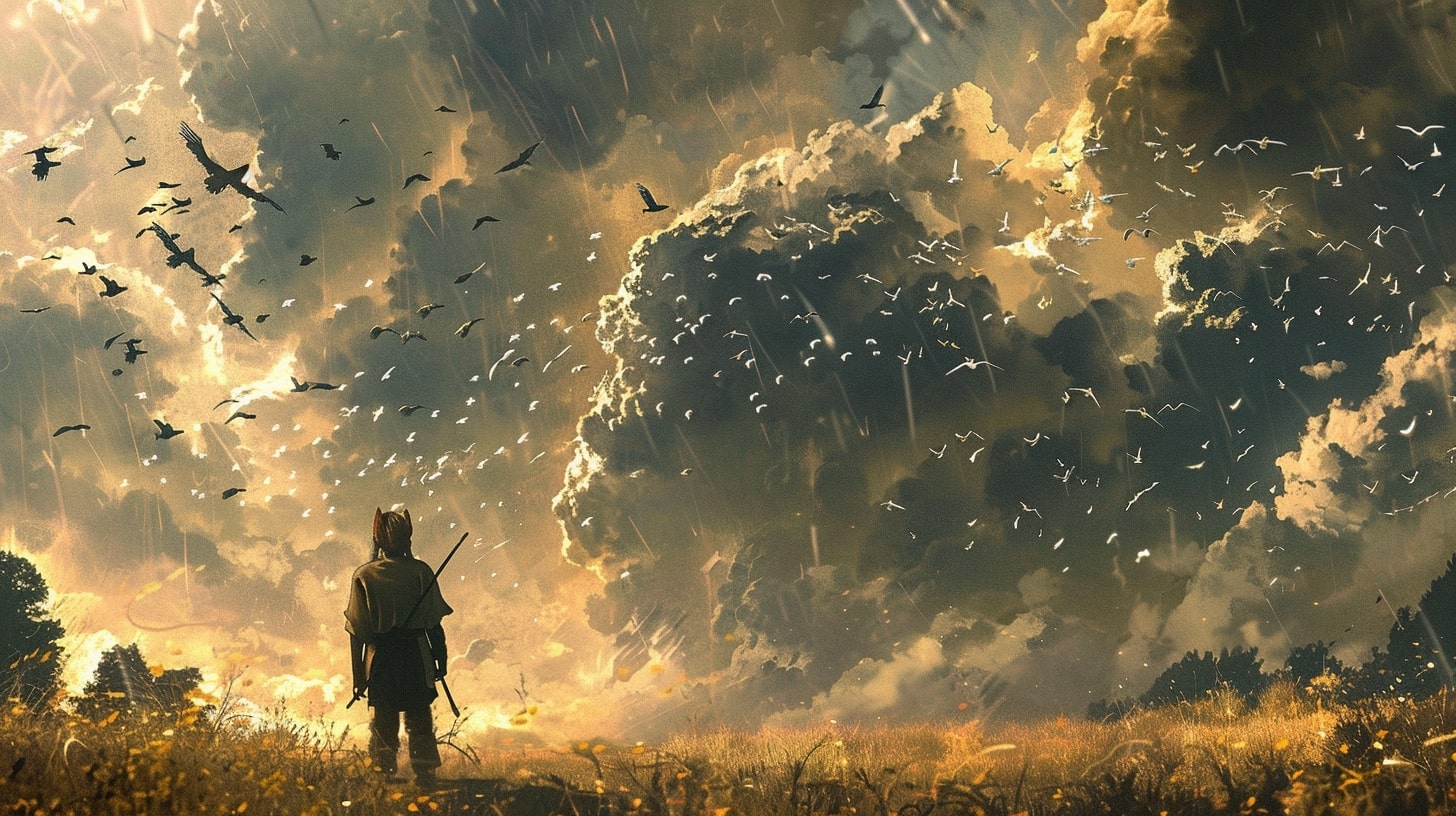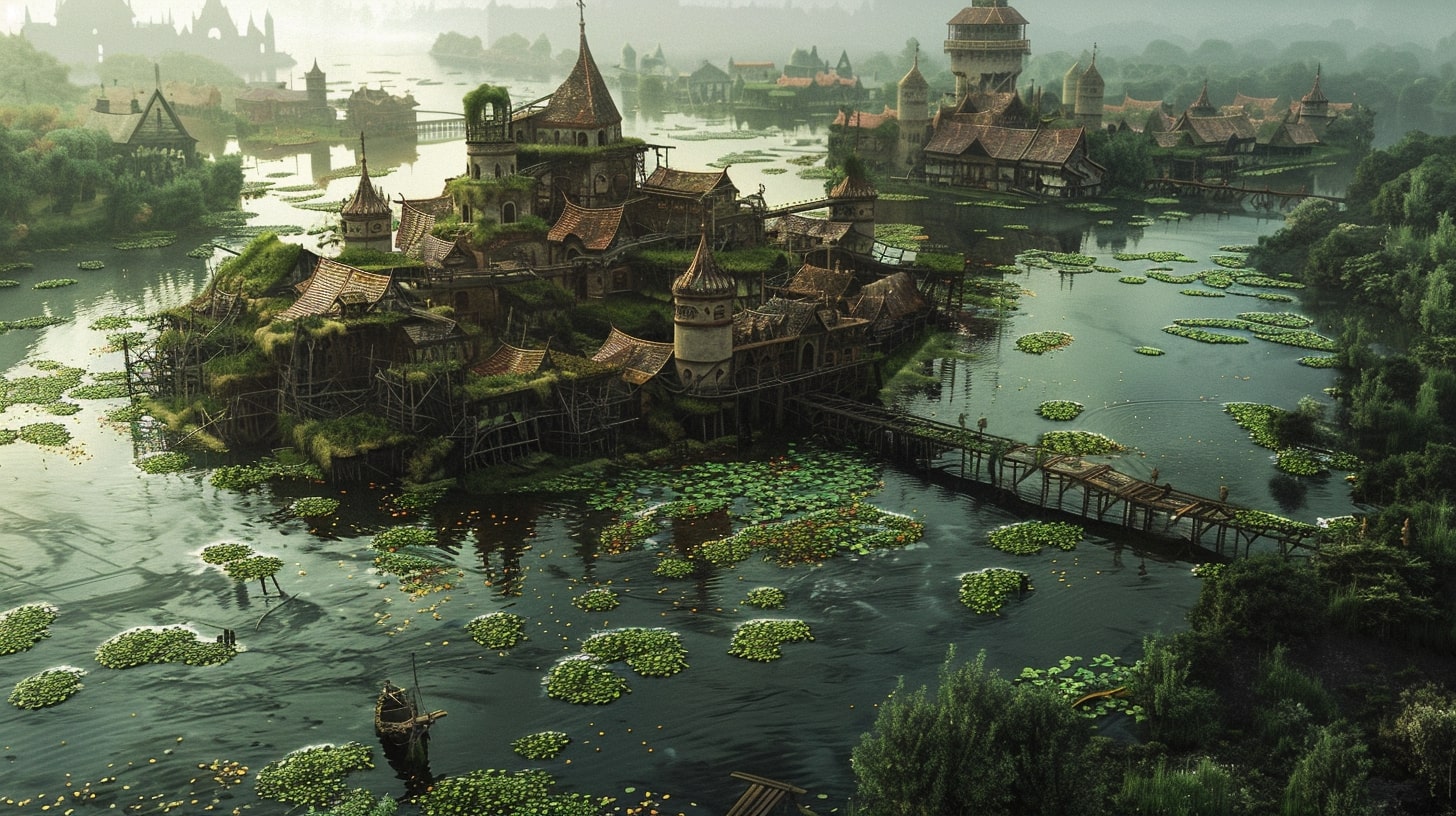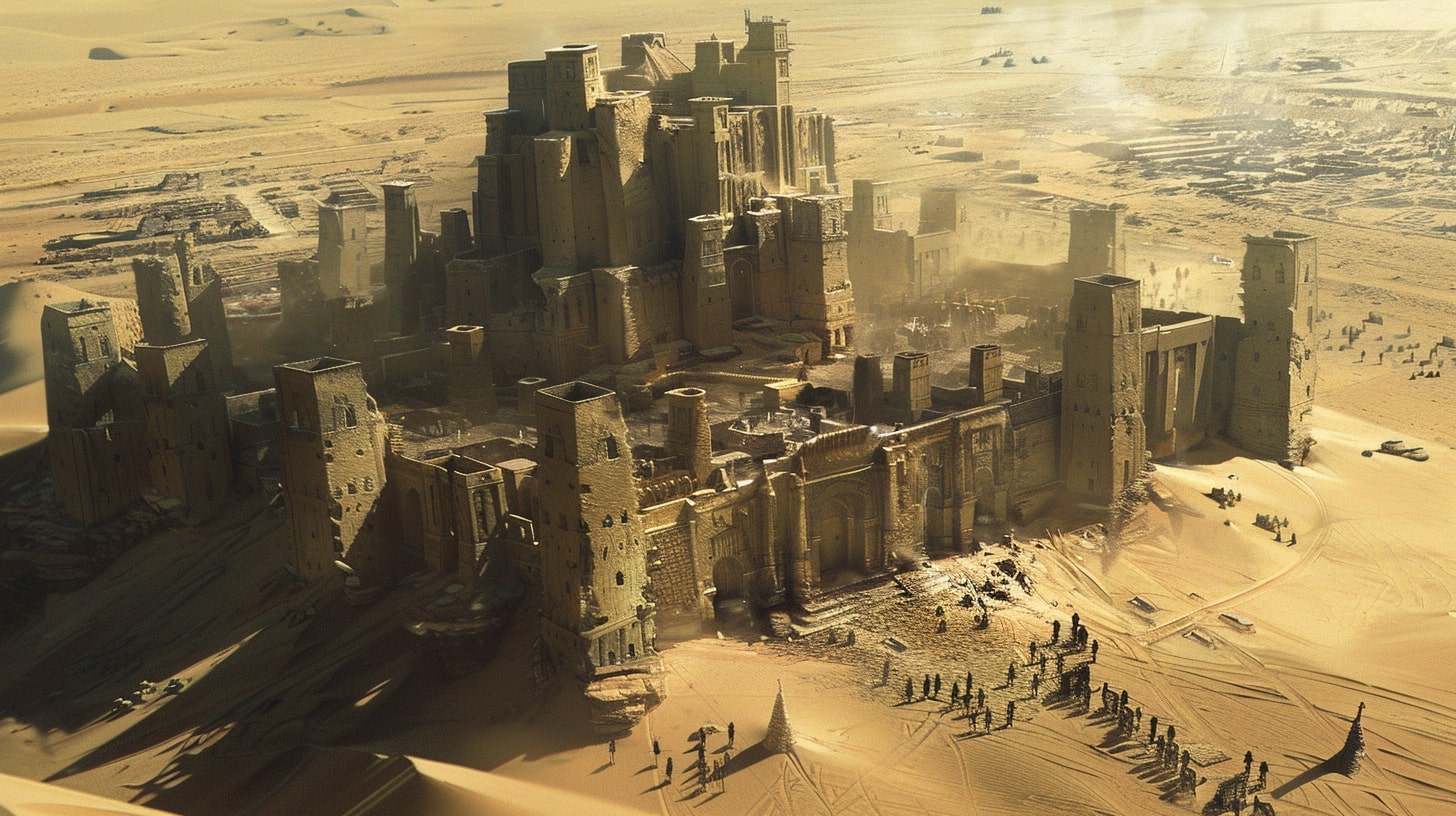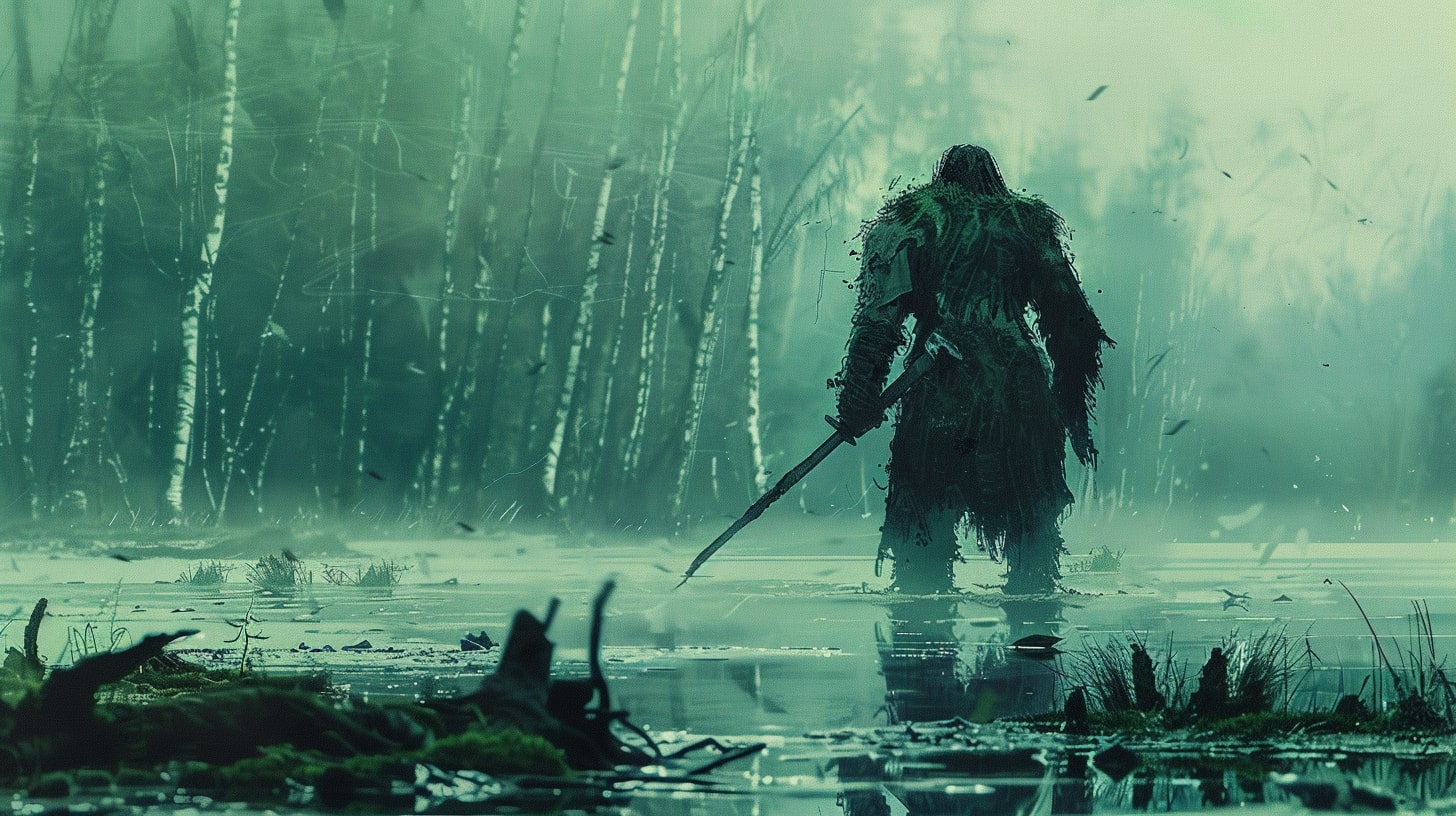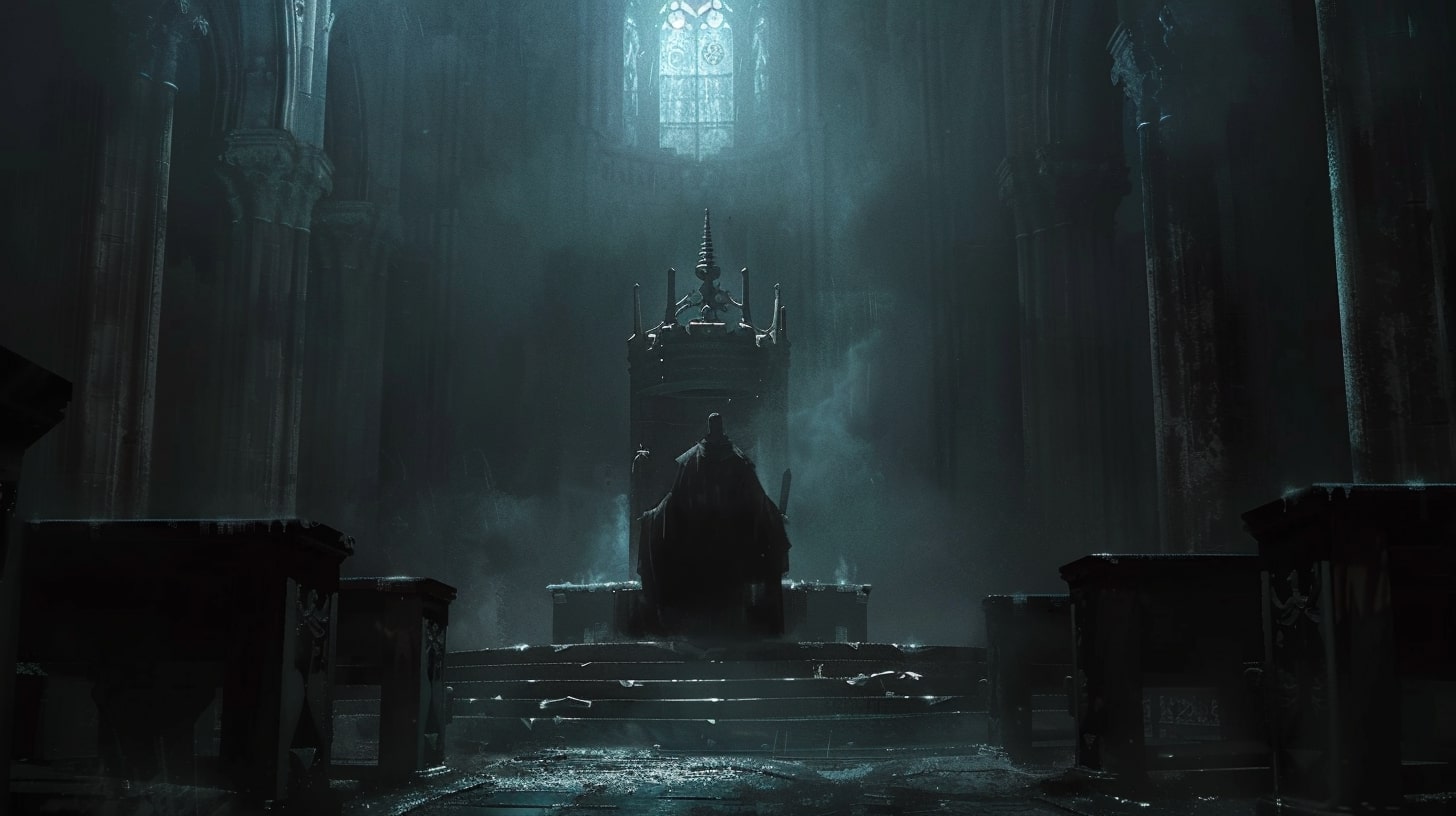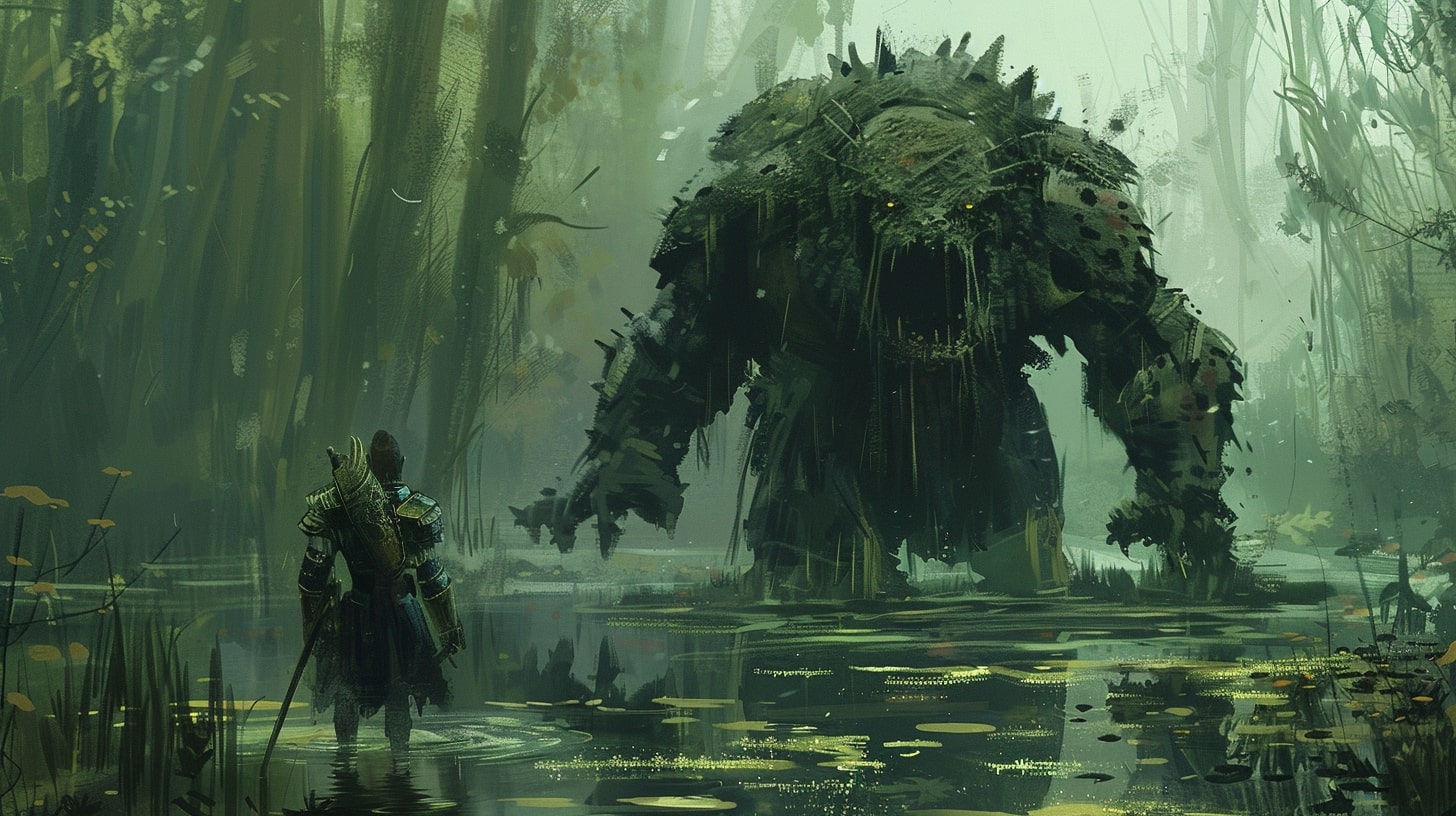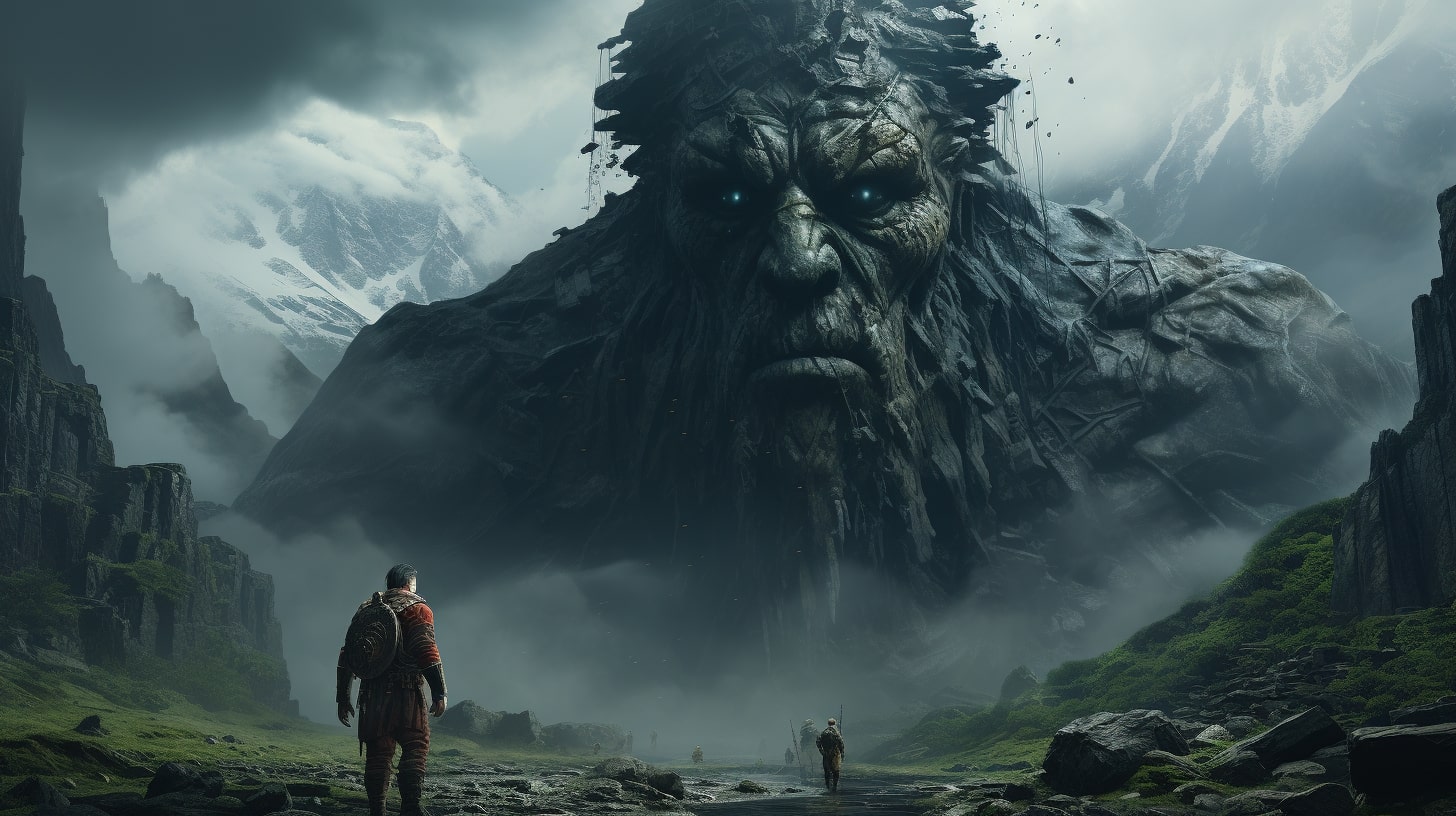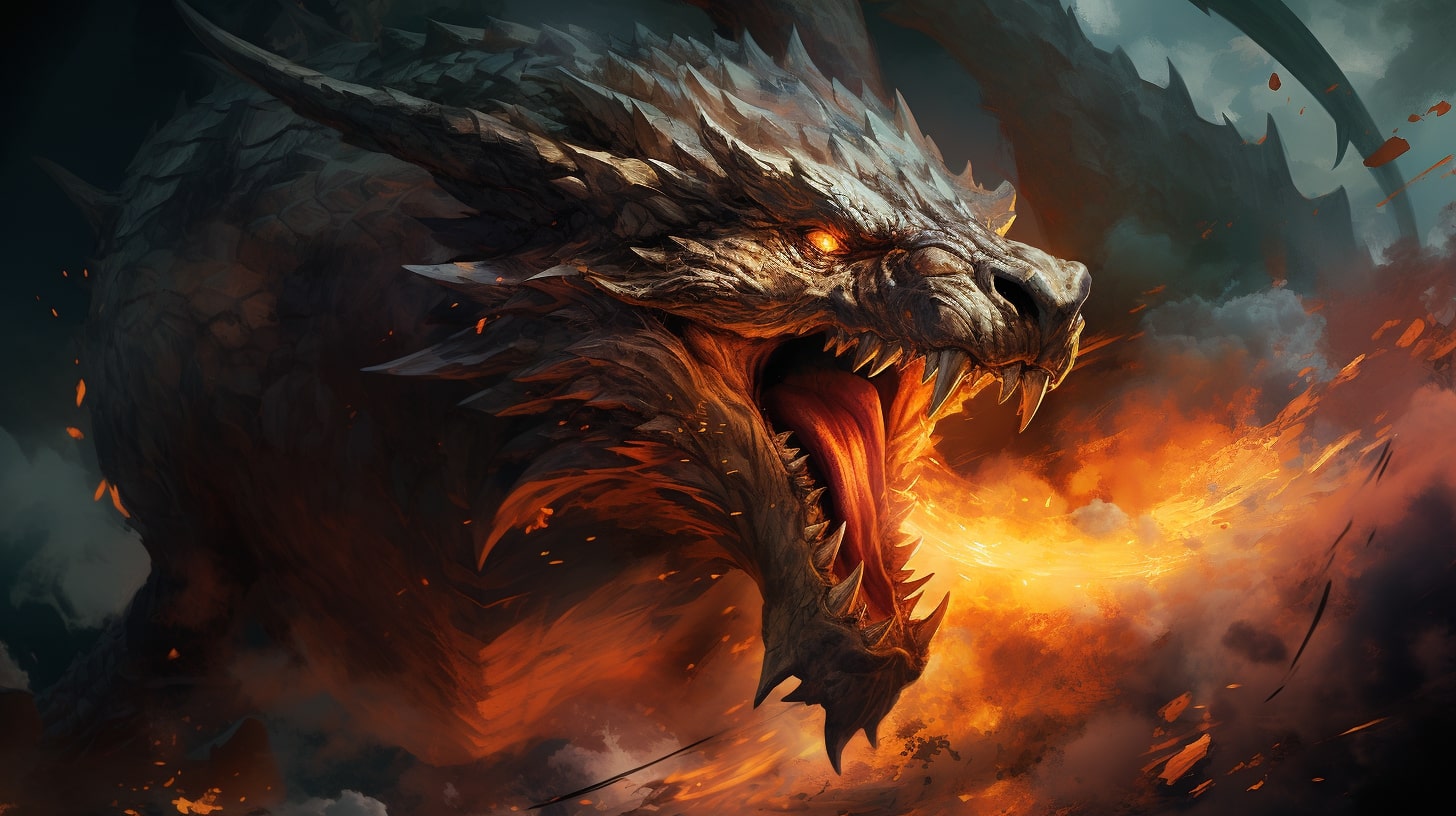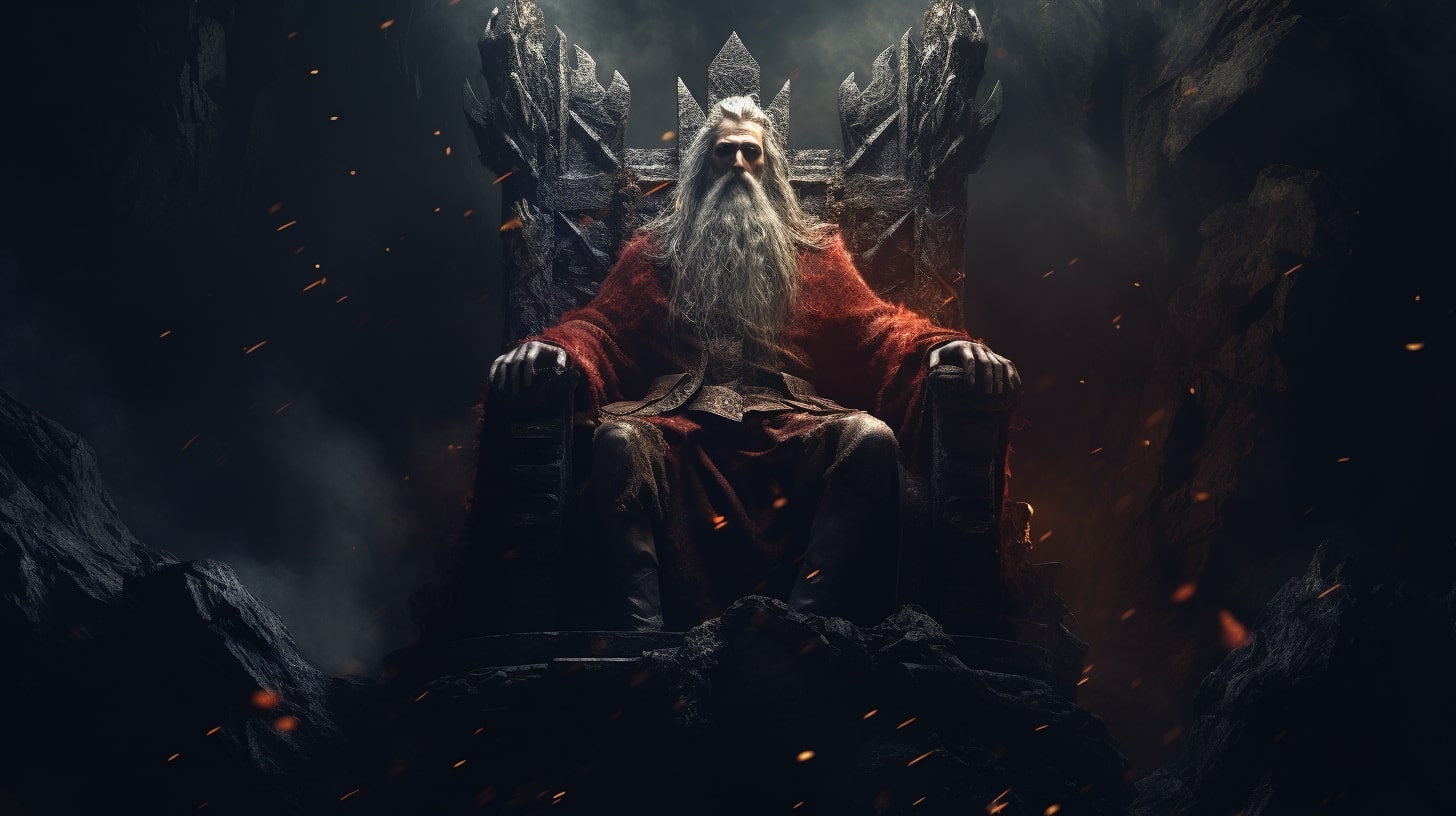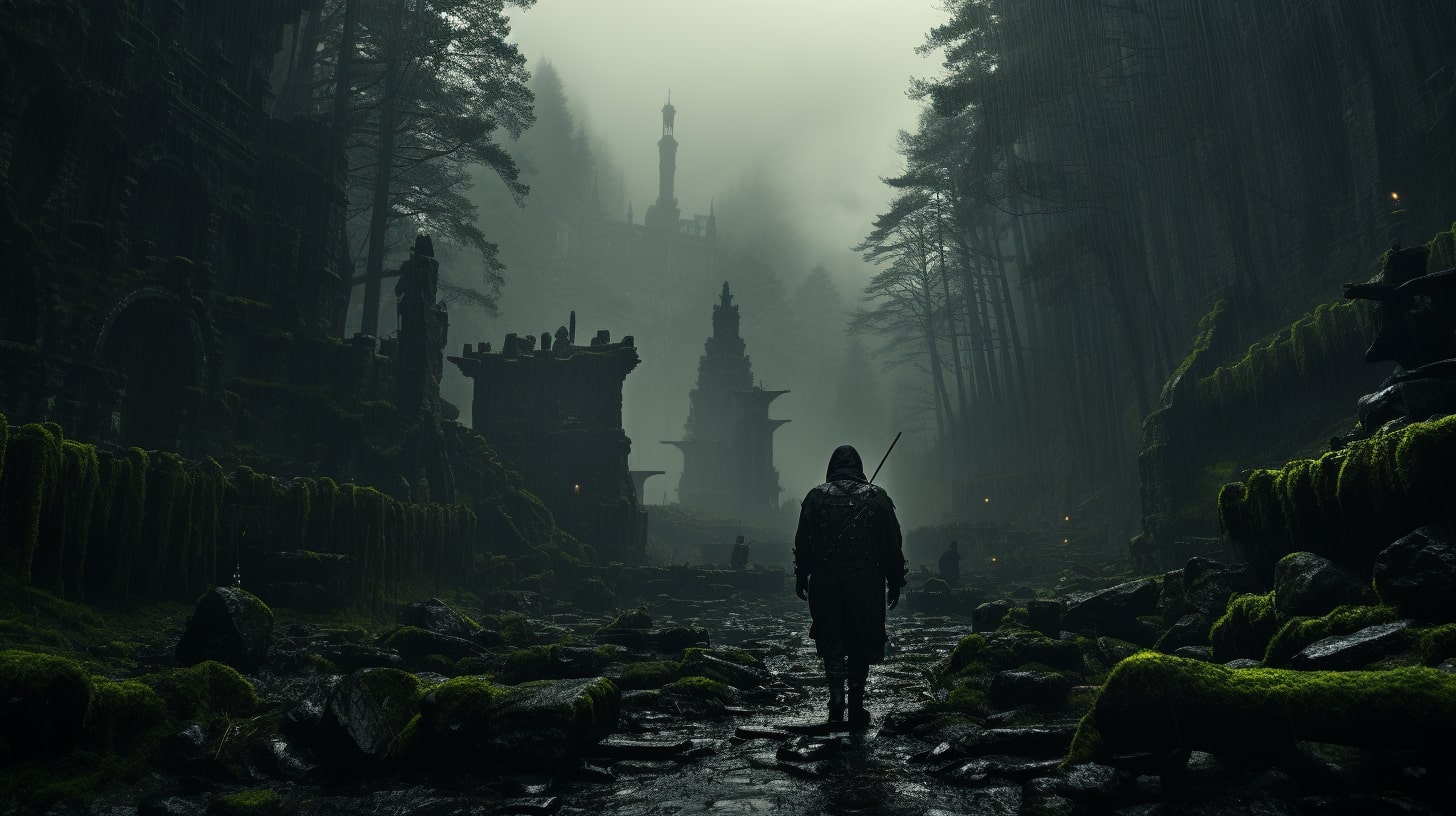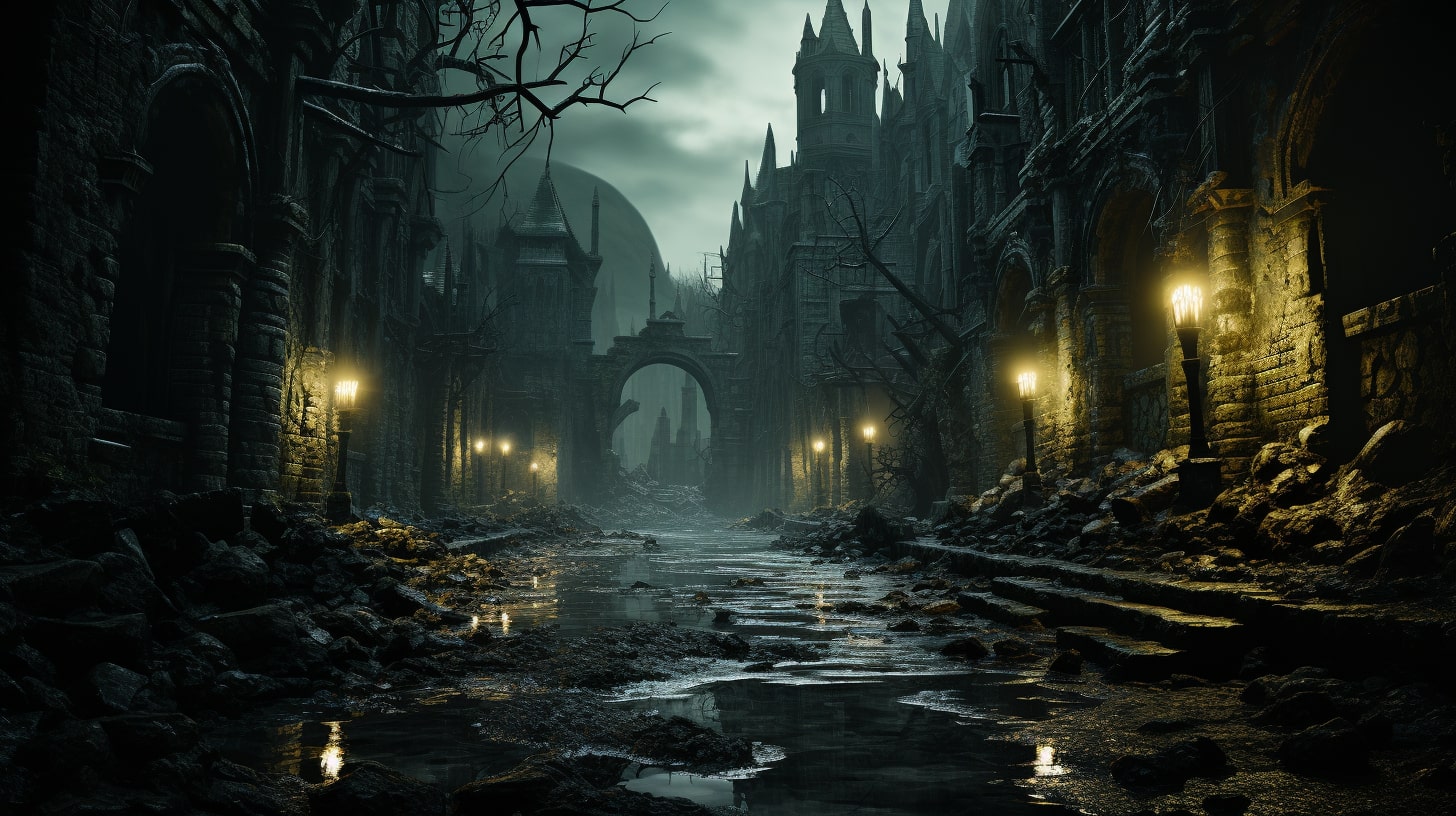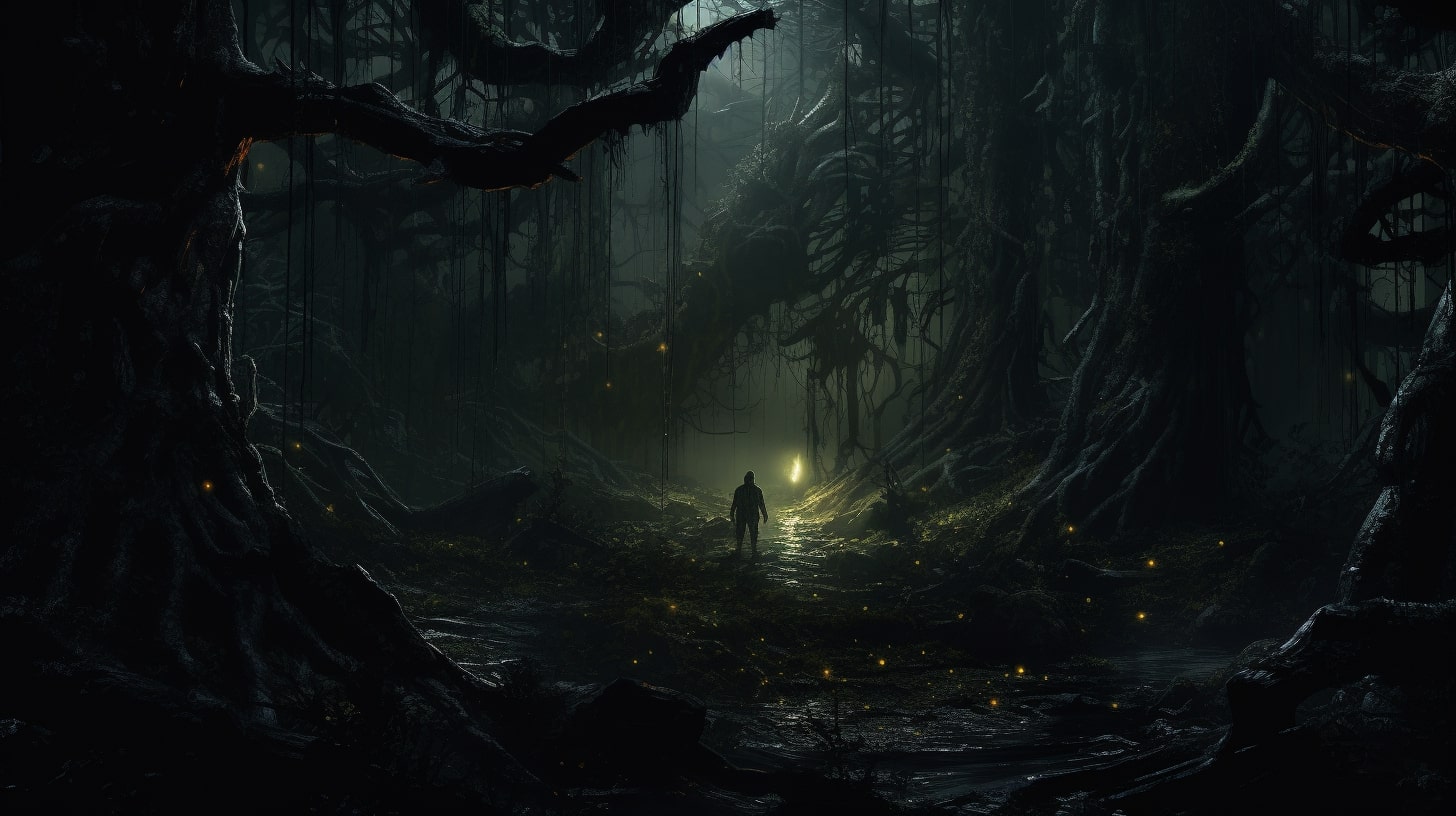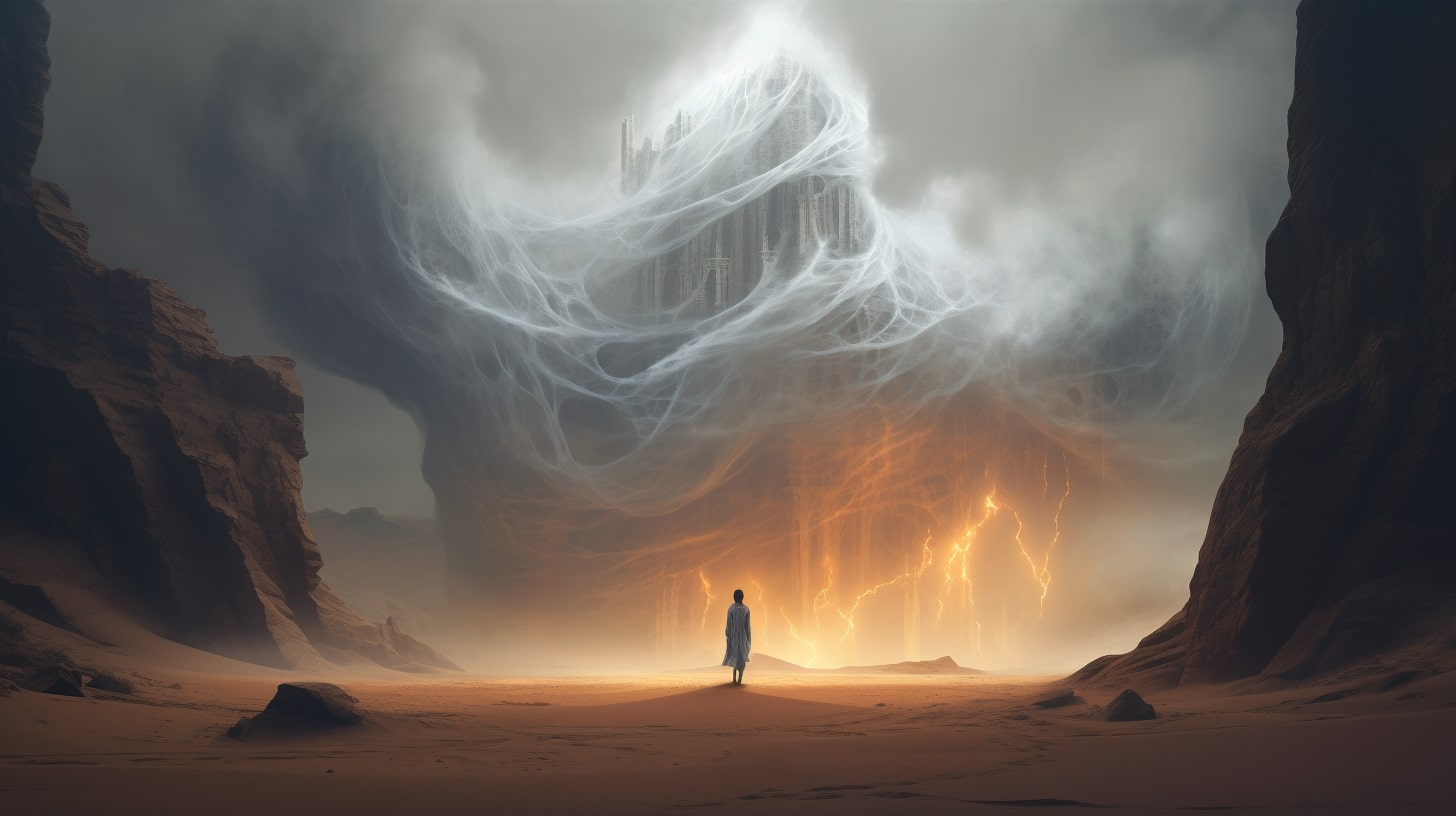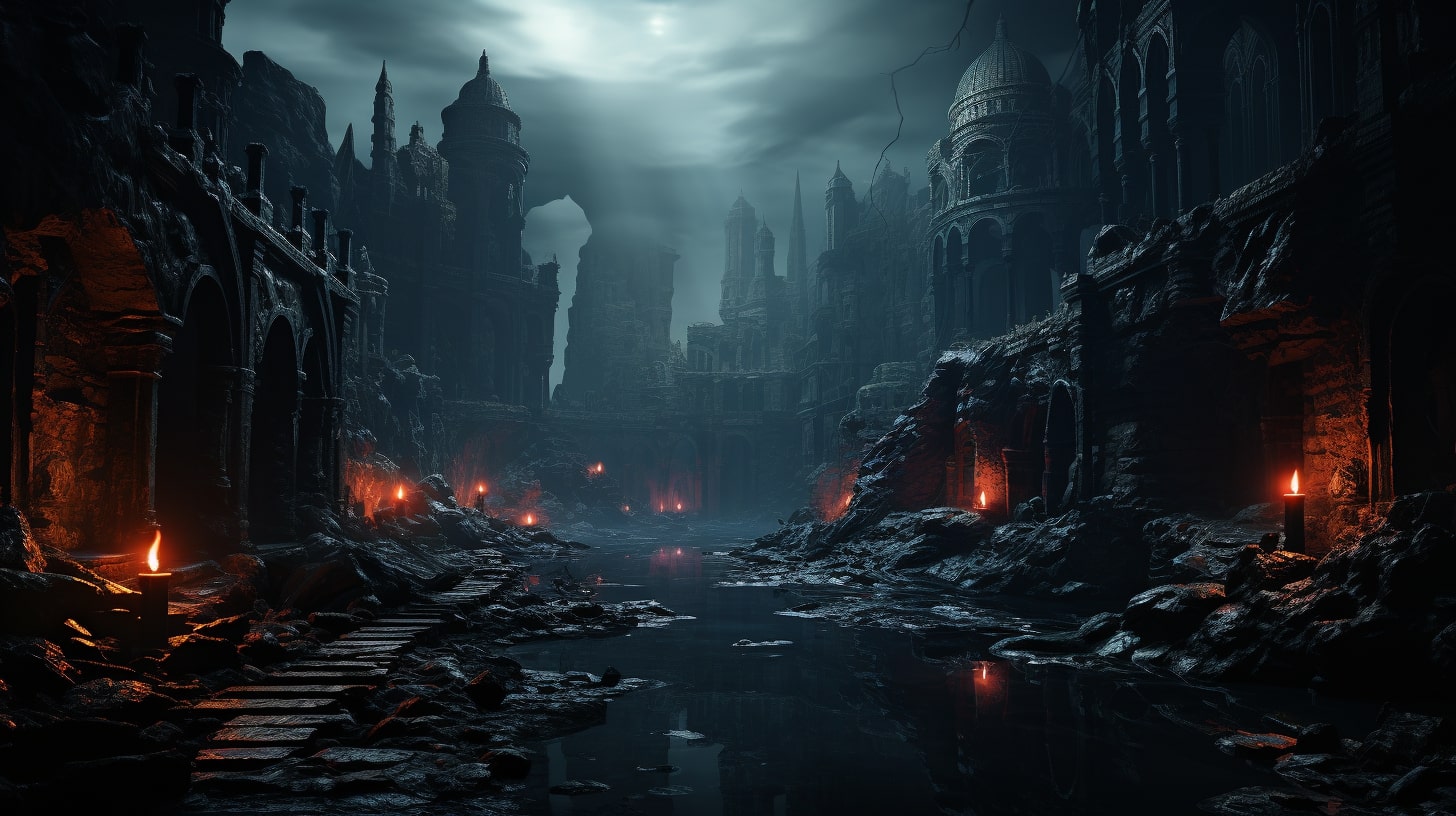The Art of Worldbuilding
In the realm of fantasy writing, worldbuilding is an essential and captivating aspect that transports readers to a whole new world. As an author, developing a well-crafted and immersive world is key to creating a memorable story.
But like with anything in life there is a beginning, middle, and end. This is where the art of worldbuilding timeline comes into play. But first, let's explore the importance of worldbuilding and how it enhances your narrative.
The Importance of Worldbuilding in Fantasy Writing
Worldbuilding lays the foundation for your story, providing a rich backdrop against which your characters can interact and your plot can unfold. By investing time and effort into creating a detailed and believable world, you captivate your readers and draw them deeper into your narrative.
A well-developed world adds depth and authenticity to your story, making it more engaging and relatable. It allows readers to suspend their disbelief and fully immerse themselves in the fantastical elements of your tale. Through worldbuilding, you have the opportunity to create unique cultures, fascinating histories, intricate political systems, and awe-inspiring landscapes, providing a sense of realism that resonates with your audience.
Additionally, worldbuilding enables you to explore themes and ideas that are pertinent to your story. You can delve into complex social structures, examine power dynamics, and tackle philosophical questions within the context of your created world. This allows you to address real-world issues in a metaphorical or allegorical manner, sparking thought and discussion among your readers.
How a Well-Developed World Enhances Your Story
A meticulously crafted world enhances your story in numerous ways. It provides a sense of place that transports readers to a different reality, allowing them to escape from their everyday lives and embark on an extraordinary journey. It helps establish the rules and limitations of your world, creating a consistent framework that guides the actions and decisions of your characters.
Furthermore, a well-developed world influences character development. The culture, history, and environment of your world shape the beliefs, values, and behaviors of your characters. By understanding the intricacies of their world, readers gain insight into the motivations and struggles of your characters, fostering a deeper connection and investment in their stories.
Incorporating a worldbuilding timeline into your writing process can help you keep track of the various elements that contribute to your world. It allows you to chronologically map out historical events, societal developments, technological advancements, and more. For more guidance on worldbuilding, check out our article on worldbuilding guide and explore our wide range of worldbuilding resources.
By honing your skills in worldbuilding, you can create vibrant and captivating worlds that leave a lasting impression on your readers. So, embrace the art of worldbuilding and forge your very own fantasy realm, where imagination knows no bounds.
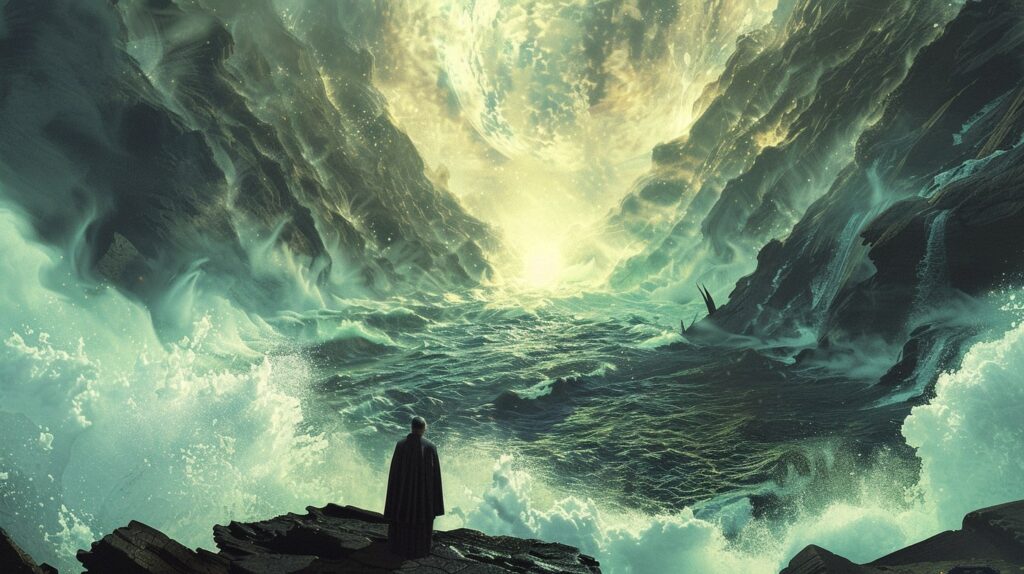
Creating a Worldbuilding Timeline
When it comes to crafting a rich and immersive fantasy world, creating a worldbuilding timeline is an essential step in the process. A worldbuilding timeline is a tool that allows you to organize and chronologically map out the key events, developments, and changes within your fictional realm.
It serves as a guide that helps you maintain consistency, establish a sense of history, and bring depth to your storytelling. For example, the stories in Odd Wonderful start with the 37th Genesis Window. That gives the reader a sense that this isn't the beginning and there is a history to explore.
What is a Worldbuilding Timeline?
A worldbuilding timeline is a visual representation of the historical progression and significant milestones in your fantasy world. It captures the evolution of civilizations, cultures, technologies, and other aspects that shape the fabric of your fictional realm.
By creating a timeline, you can keep track of crucial events, establish cause-and-effect relationships, and ensure the continuity of your worldbuilding.
Why You Need a Worldbuilding Timeline
Having a worldbuilding timeline is invaluable for several reasons. Firstly, it helps you maintain consistency throughout your story. By mapping out the chronology of your world, you can ensure that the events and developments align logically and make sense within the context of your narrative.
This consistency enhances the believability of your world and keeps readers engaged.
Secondly, a worldbuilding timeline provides a historical backdrop for your story. It allows you to showcase the deep-rooted history of your world, including past conflicts, political shifts, and cultural changes. This historical context adds depth and realism to your narrative, making your world feel more vibrant and lived-in.
Furthermore, a worldbuilding timeline helps you establish cause-and-effect relationships between different events. By understanding how one event leads to another, you can create a coherent and interconnected world where the actions of characters have consequences.
This can enhance the depth of your storytelling and create a more immersive reading experience.
Lastly, a worldbuilding timeline allows you to identify gaps in your worldbuilding and uncover potential storylines. As you map out the progression of your world, you may discover areas that require further development or exploration. These gaps can serve as inspiration for future storylines, subplots, or even spin-offs.
By creating a worldbuilding timeline, you can bring structure to your fictional realm, maintain consistency, and add depth to your storytelling. It's a valuable tool that allows you to keep track of the historical progression, cultural shifts, and technological advancements within your world. So grab a pen and paper, or use digital tools, and start crafting your worldbuilding timeline today!
Next, let's dive into the key elements that you should include in your worldbuilding timeline.
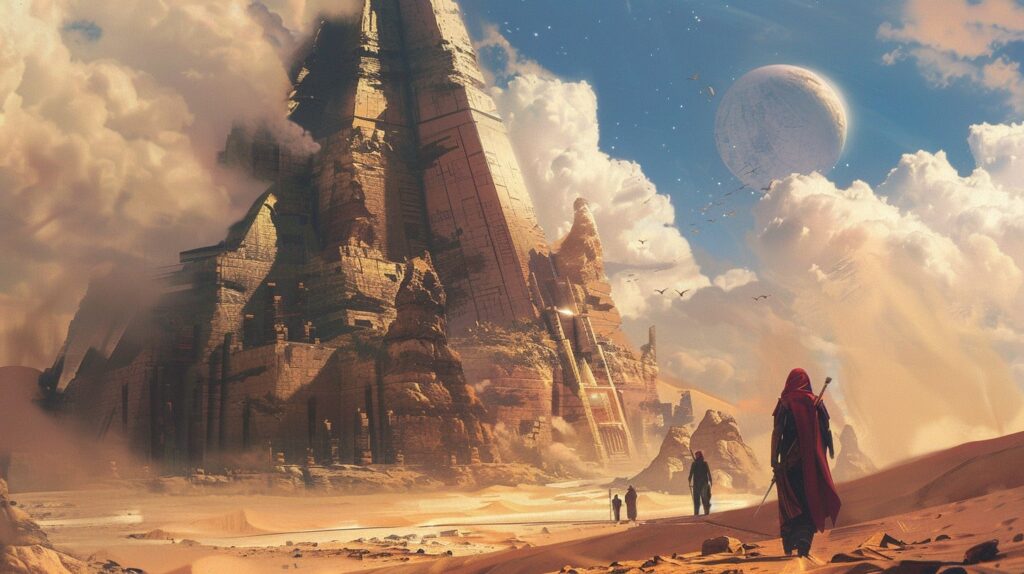
Key Elements to Include in Your Timeline
When designing a worldbuilding timeline, there are several key elements that you should consider including. These elements will help you create a comprehensive and rich backstory for your fantasy world. Here are some essential components to incorporate into your timeline:
Historical Events and Eras
Start by outlining the major historical events and eras that have shaped your world. This could include significant battles, the rise and fall of empires, the discovery of new lands, or the emergence of important figures. By establishing a historical foundation, you can add depth and complexity to your world.
Cultural and Societal Developments
The cultural and societal aspects of your world are crucial to its authenticity. Consider the development of different civilizations, their customs, traditions, and social structures.
Explore how different cultures interact with one another and how they shape the world around them. This will help create a diverse and vibrant tapestry within your fantasy realm.
Technological Advancements
Technology plays a pivotal role in worldbuilding. Determine the technological advancements that have occurred in your world and how they have influenced different societies.
This could include breakthroughs in transportation, communication, medicine, or even magical innovations. Incorporating different levels of technology adds depth and realism to your world.
Natural and Environmental Changes
The environment has a profound impact on the development of societies. Consider the natural and environmental changes that have occurred in your world. This could include geological events, climate shifts, or the emergence of new ecosystems. These changes can shape the geography, resources, and even the cultures of your world.
Political and Power Shifts
Power dynamics and politics are integral to worldbuilding. Outline the political systems, hierarchies, and power struggles within your world.
Explore the rise and fall of different governments, the formation of alliances, and the conflicts that have shaped your world. This adds intrigue and tension, providing a backdrop for your characters and their stories.
Incorporating these key elements into your worldbuilding timeline will help you create a rich and immersive fantasy realm. By delving into the historical events, cultural developments, technological advancements, natural changes, and political shifts, you'll establish a solid foundation for your world.
Remember to refer to our worldbuilding resources for further inspiration and guidance. Happy worldbuilding!
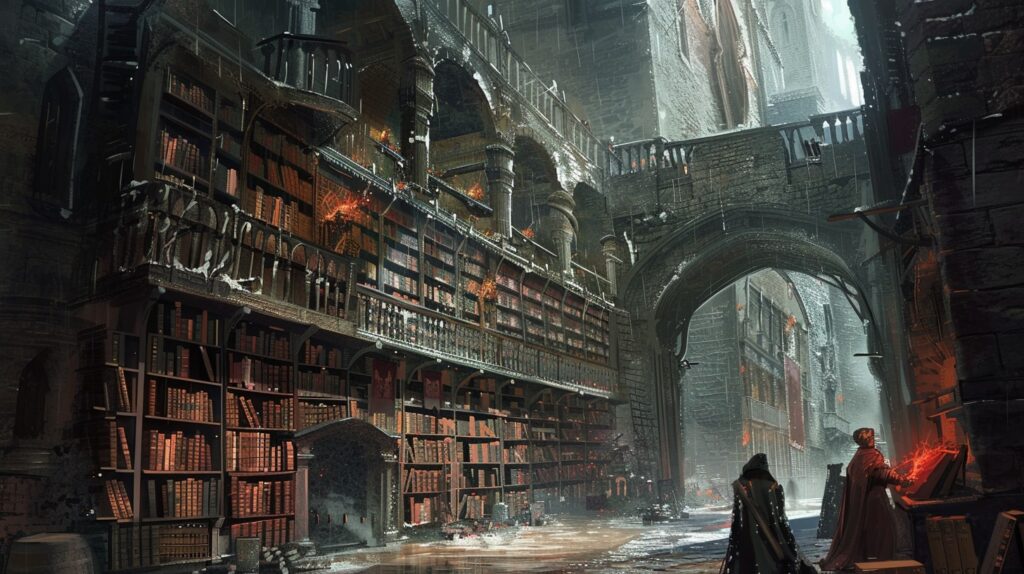
Establishing the Chronology
To create an effective worldbuilding timeline, it's important to establish the chronology of events in your fictional world. This involves organizing your timeline and determining the scope of the timeline you wish to create.
Organizing Your Timeline
When organizing your worldbuilding timeline, consider using a visual format such as a spreadsheet or a timeline software. This allows you to easily track and visualize the sequence of events and their corresponding dates or time periods.
You can divide your timeline into different categories or sections based on the key elements you want to include, such as historical events, cultural developments, technological advancements, natural changes, and political shifts.
Within each category, arrange the events in chronological order, starting from the earliest period to the present or future. Use headings or labels to clearly indicate the event or development and its corresponding date or time period.
This organization method helps you maintain a clear and coherent structure for your timeline, making it easier to reference and navigate as you continue to build your world.
Determining the Scope of Your Timeline
Before delving into the details, it's important to determine the scope of your worldbuilding timeline. Consider the time span you want to cover, whether it's a few years, centuries, or even millennia. The scope will depend on the needs of your story and the depth of worldbuilding you wish to achieve.
If you're writing a standalone novel, you may choose to focus on a specific period within your fictional world's history. On the other hand, if you're planning a series or an epic saga, you might want to create a more comprehensive timeline that covers a broader range of events and eras.
When determining the scope, consider how the events in your worldbuilding timeline will impact your story and its characters. Take into account the historical context, cultural shifts, and technological advancements that shape the world and its inhabitants. This will help you create a rich and immersive world that feels vibrant and realistic.
By organizing your timeline and defining its scope, you lay the foundation for a well-developed world. This enables you to seamlessly integrate the events, cultures, and characters of your fictional realm into your story. As you progress in your worldbuilding journey, remember to refer back to your timeline and update it as new ideas and developments arise.
Tips for Designing a Worldbuilding Timeline
When it comes to creating a worldbuilding timeline, there are several important factors to consider. Here are some tips to guide you through the process:
Research and Inspiration
Before diving into the creation of your worldbuilding timeline, take the time to conduct thorough research and gather inspiration. Explore various sources such as worldbuilding ideas and worldbuilding prompts to spark your creativity. Drawing inspiration from real-world cultures, history, and geography can also help you develop a more realistic and immersive world.
Maintaining Consistency
Consistency is key in worldbuilding. As you design your timeline, ensure that the events, developments, and changes align with the overall narrative of your world. Pay attention to details such as the progression of technology, the evolution of cultures, and the societal impacts of historical events. Consistency will help create a believable and cohesive world for your readers to explore.
Allowing for Flexibility
While maintaining consistency is important, it's also crucial to allow for flexibility in your worldbuilding timeline. As your story and characters develop, you may find the need to make adjustments or introduce new elements into your world.
Leave room for modifications and adaptability as your creative process unfolds. This flexibility will enable you to incorporate new ideas and ensure that your world remains dynamic and engaging.
Documenting and Organizing Your Timeline
To effectively create and manage your worldbuilding timeline, it's essential to document and organize your information. Consider using a spreadsheet, a timeline software, or dedicated worldbuilding tools to keep track of the chronological order of events, historical eras, technological advancements, and more. This will help you maintain a clear overview of your world's development and make it easier to reference and update as needed.
Remember, the worldbuilding timeline is a valuable tool to aid in the consistency and cohesiveness of your world. By conducting thorough research, maintaining consistency, allowing for flexibility, and effectively documenting your timeline, you can create a rich and immersive world that captivates your readers. So, grab your pens and embark on the exciting journey of worldbuilding!

